Plant life in Sicily
Sicily is home to many endemic species and subspecies of plants, including the endemic genera Petagnaea and Siculosciadium. The World Geographical Scheme for Recording Plant Distributions treats Sicily as distinct botanical country together with neighboring islands and island groups including Malta (a sovereign country comprising two main islands, Malta and Gozo), the Aegadian Islands, Aeolian Islands, Lampedusa, Pantelleria, Pelagie Islands, and Ustica.
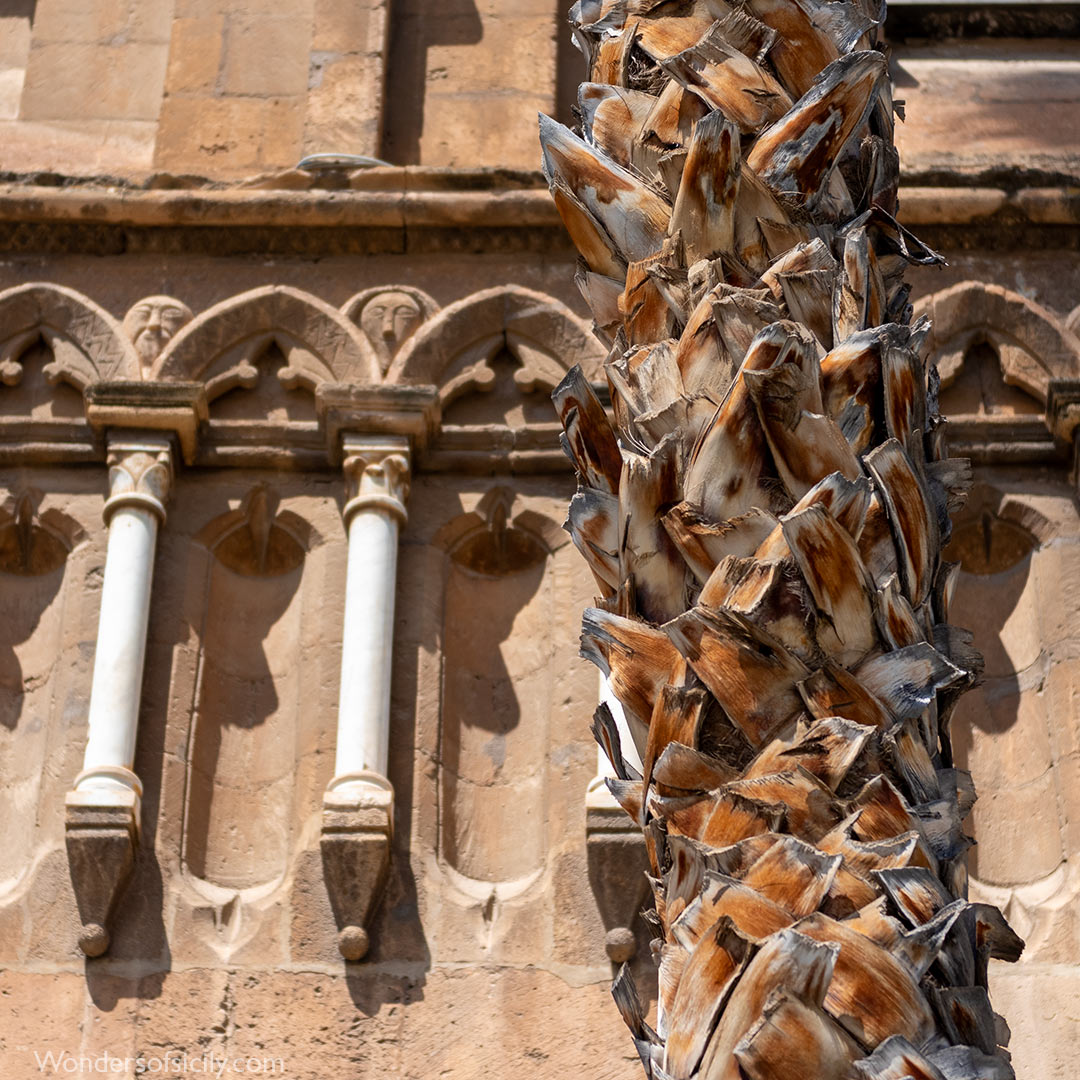
The characteristic pattern of the trunk of a palm outside the Palermo cathedral.
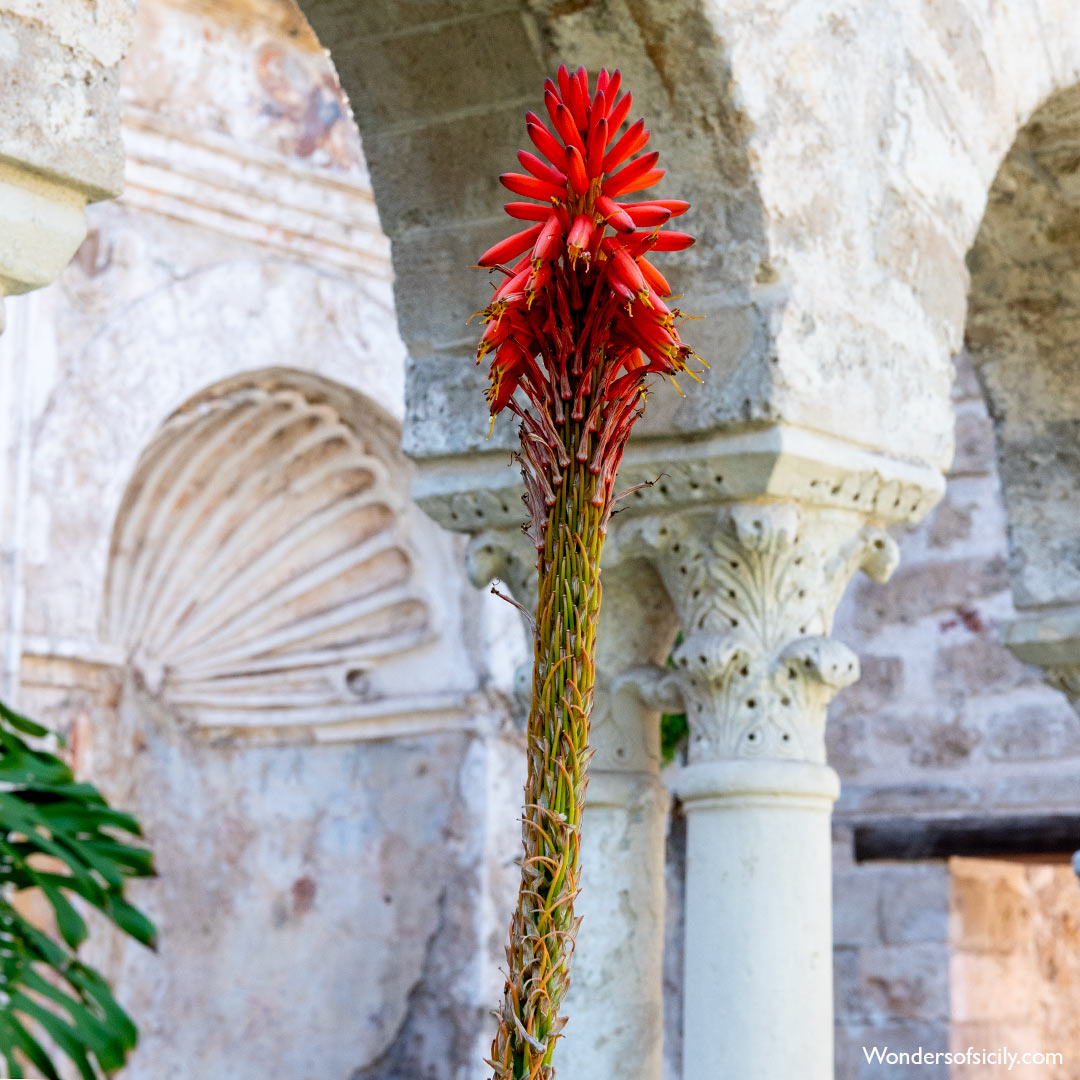
Lavender plant in the cloister garden at San Giovanni degli Eremiti in Palermo.
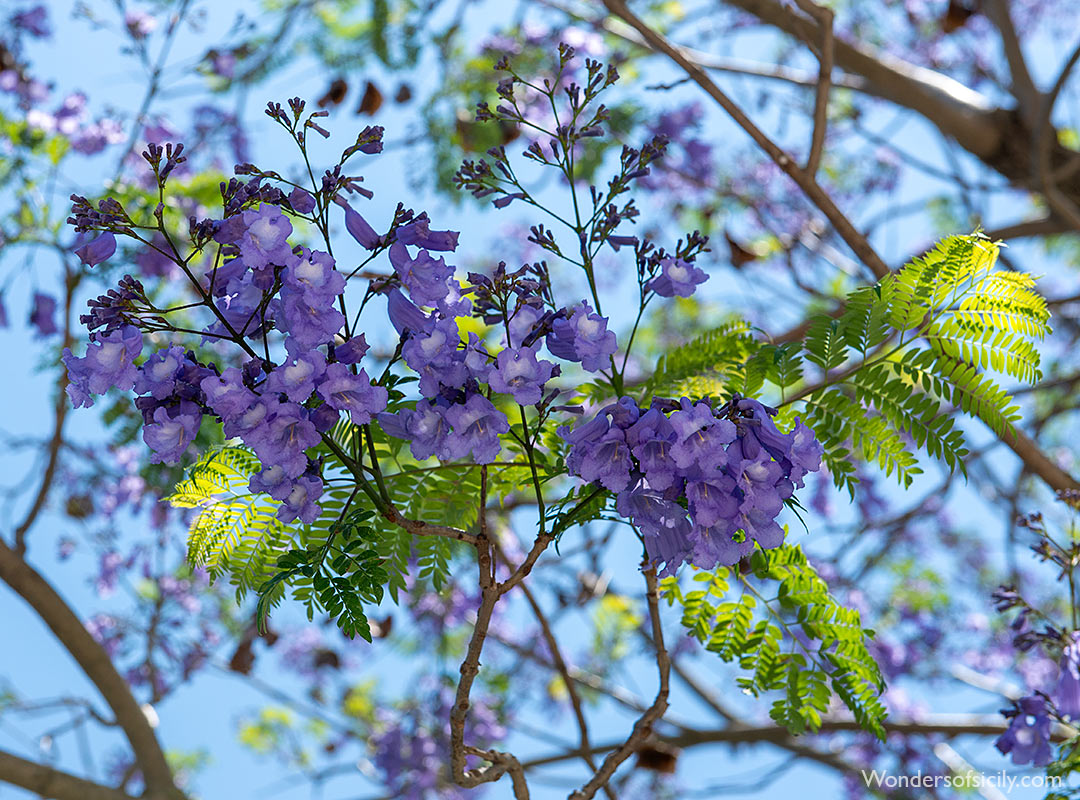
Flowers on a Jacaranda tree (Jacaranda mimosifolia?) in Siracusa.
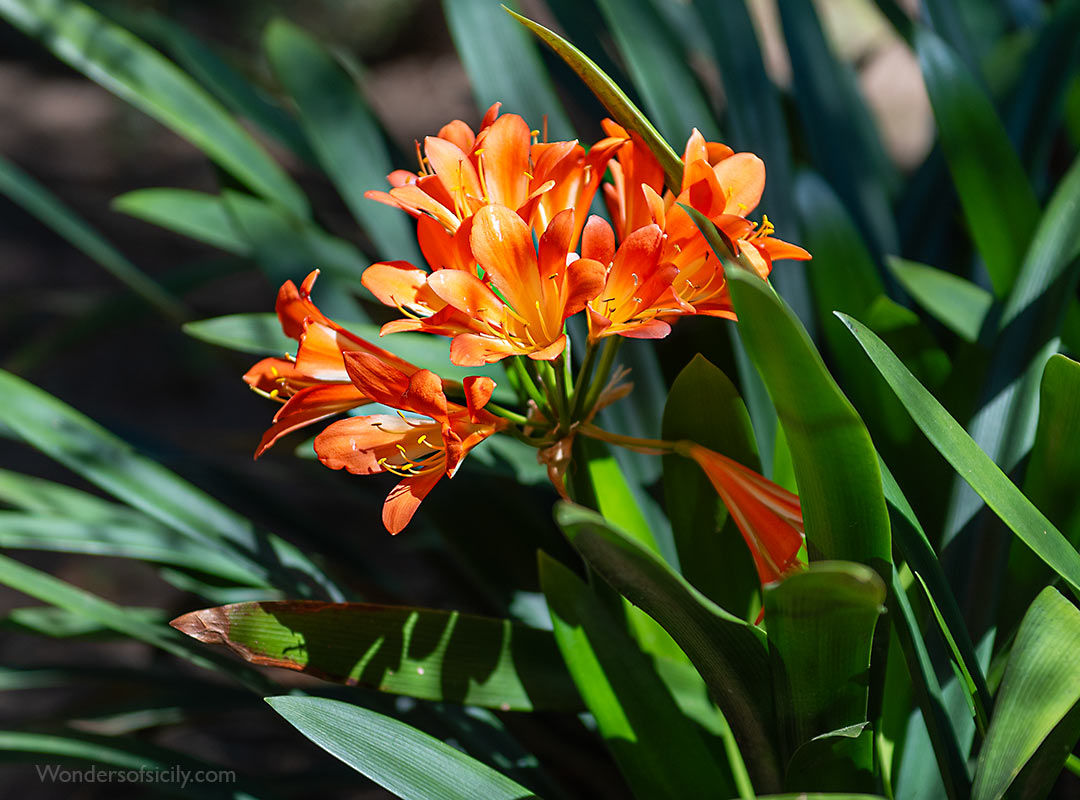
Clivia miniata (commonly known as Natal lily or bush lily) thrives in the cloister garden of San Giovanni degli Eremiti in Palermo.
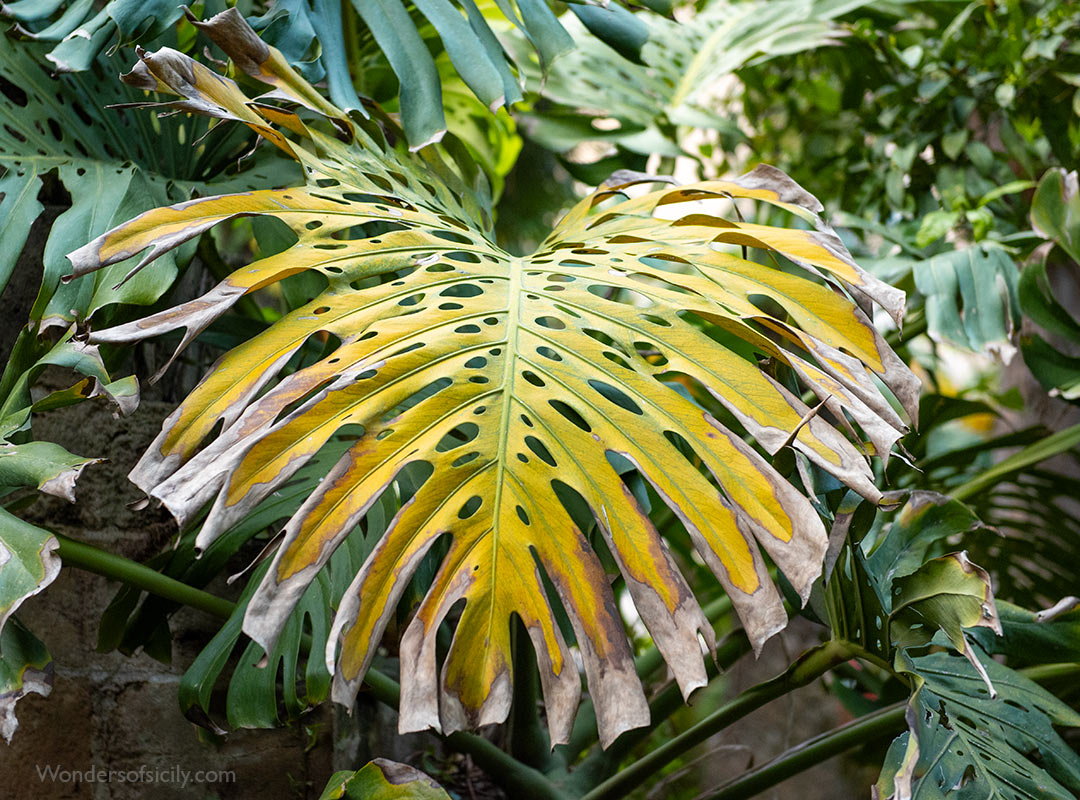
Monstera deliciosa (?) in the cloister garden at San Giovanni degli Eremiti in Palermo.
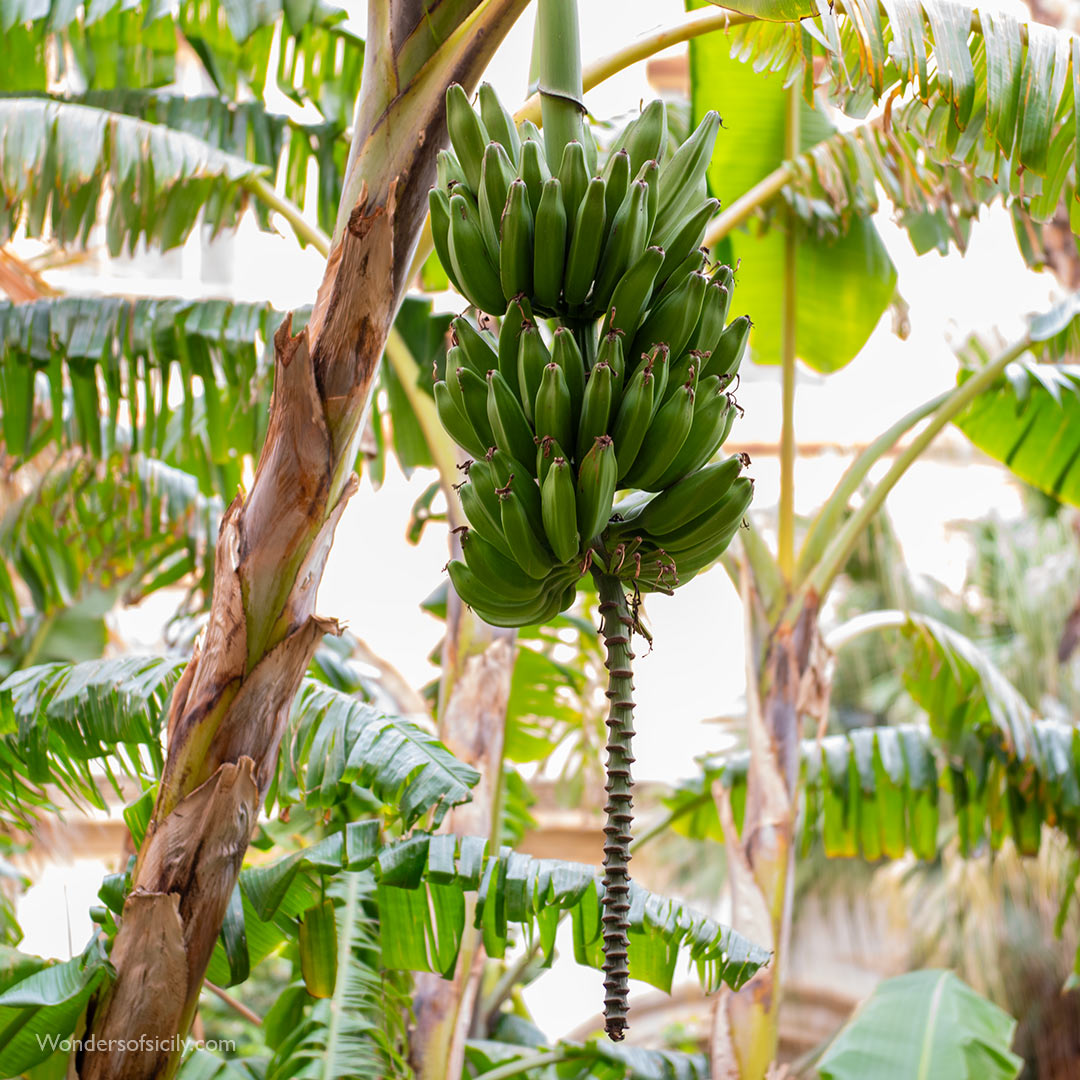
Banana plant in a cloister in Palermo.
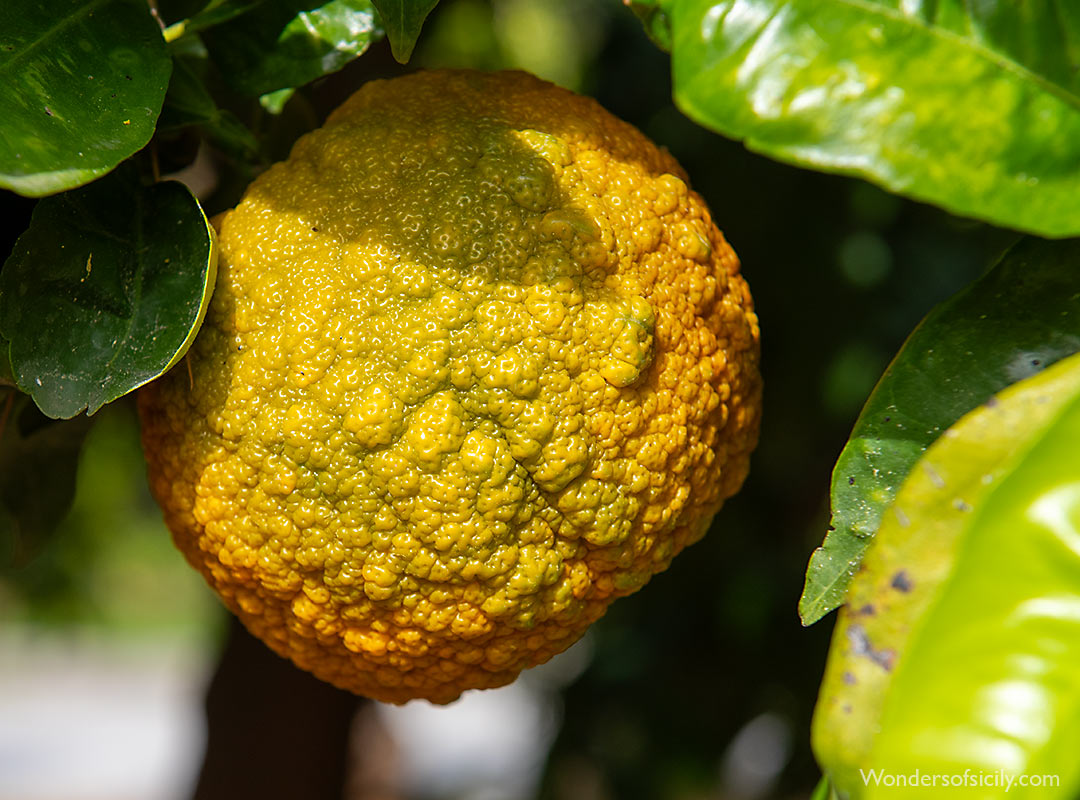
Citrus medica (?) in the garden of Villa Palagonia in Bagheria.
Some of the most common plants in Sicily
Lemon tree (Citrus limon)
Aloe plant
Orange tree (Citrus sinensis)
Caper bush, also called Flinders rose (best known for the edible flower buds: capers)
The cactus prickly pears aka Fico d’India (Opuntia Ficus Indica)
Eucalyptus tree Olive tree (Olea Europea)
Rosemary (Ros marinus) aka Salvia rosmarinus
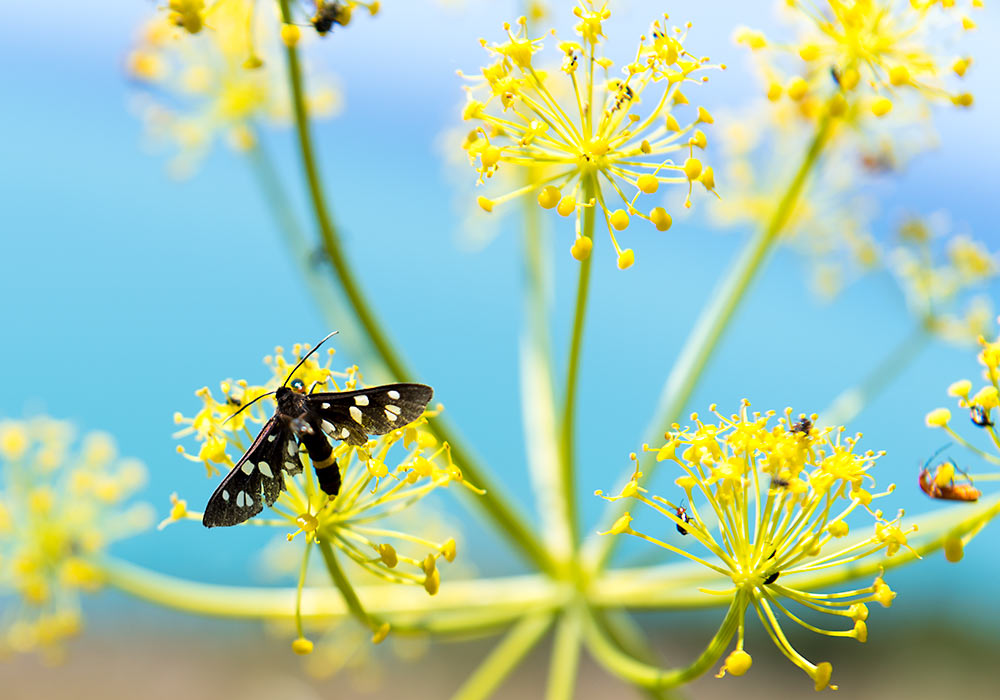
Insect on plant (Ferula communis?). La rocca di Cefalù.
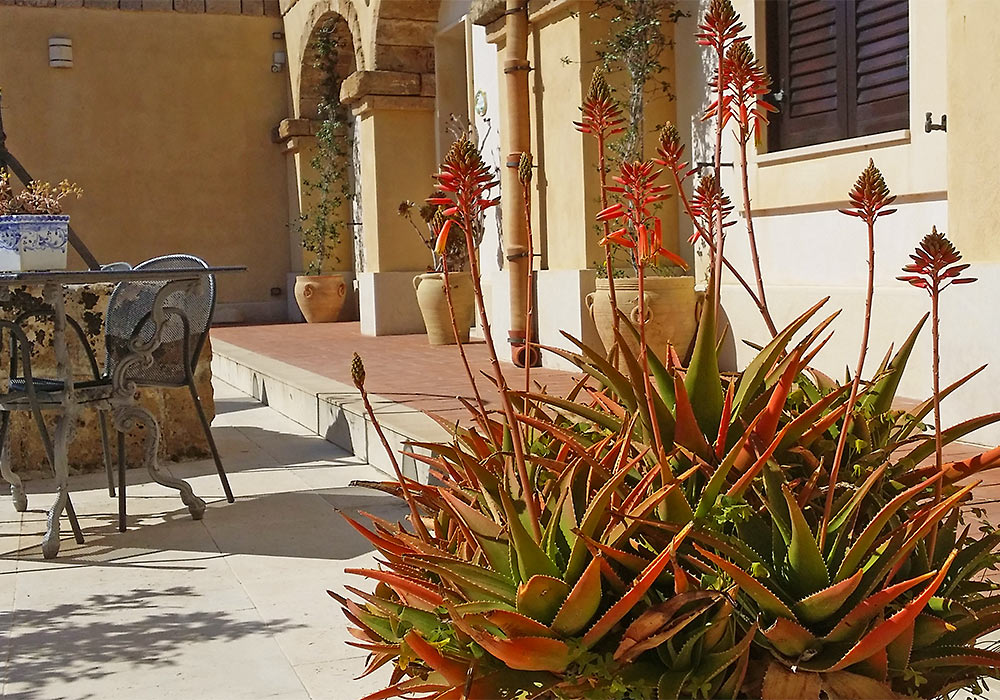
Aloe plant in the beautiful courtyard at the Hotel La Corte del Sole, Noto.
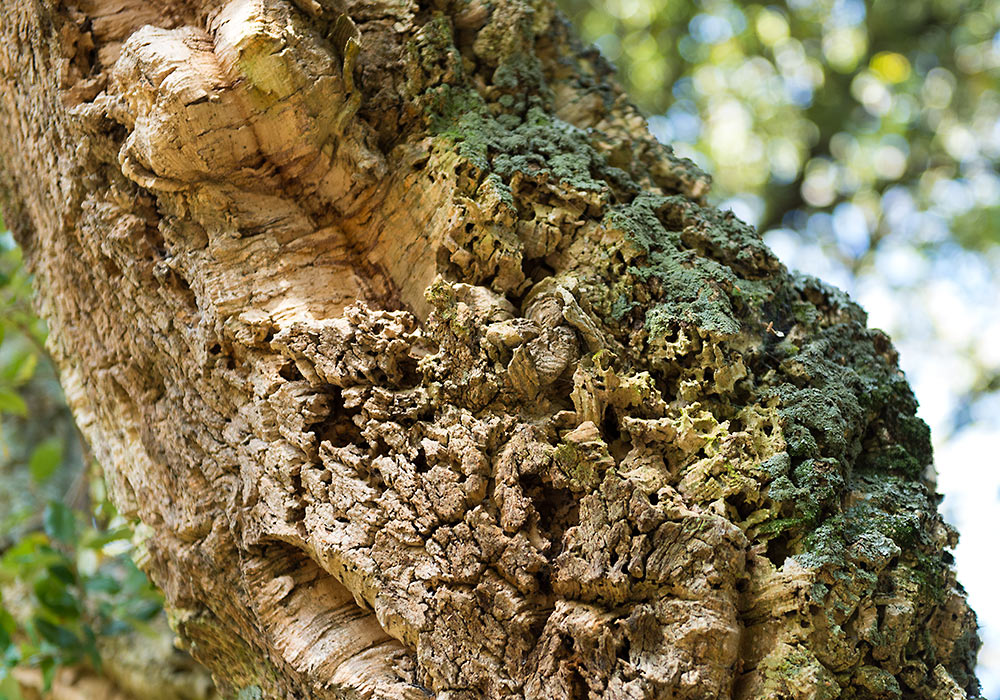
Tree bark. Cracking trunk near Gibilmanna.
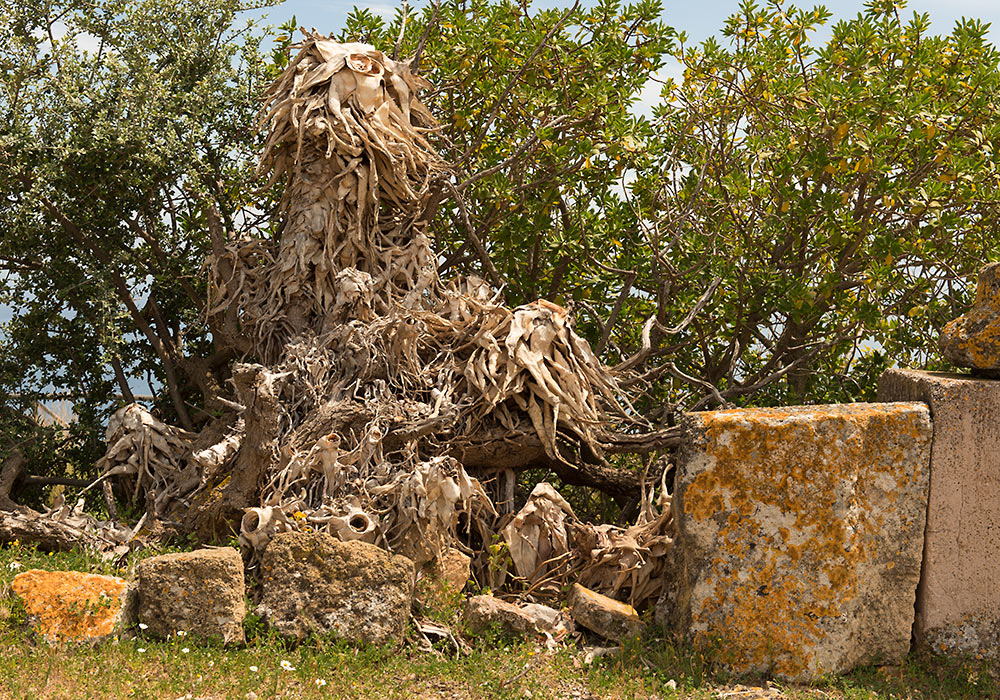
Monster tree in the ruins at Solunto.
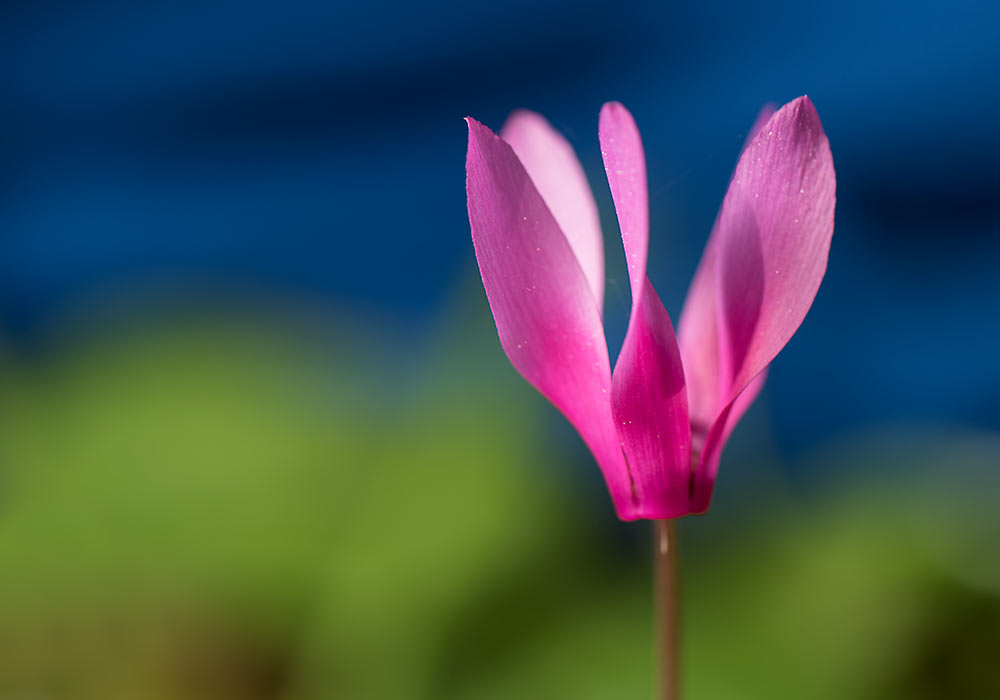
A beautiful flower near Gibilmanna. Could it be Cyclamen persicum or Cyclamen hederifolium?
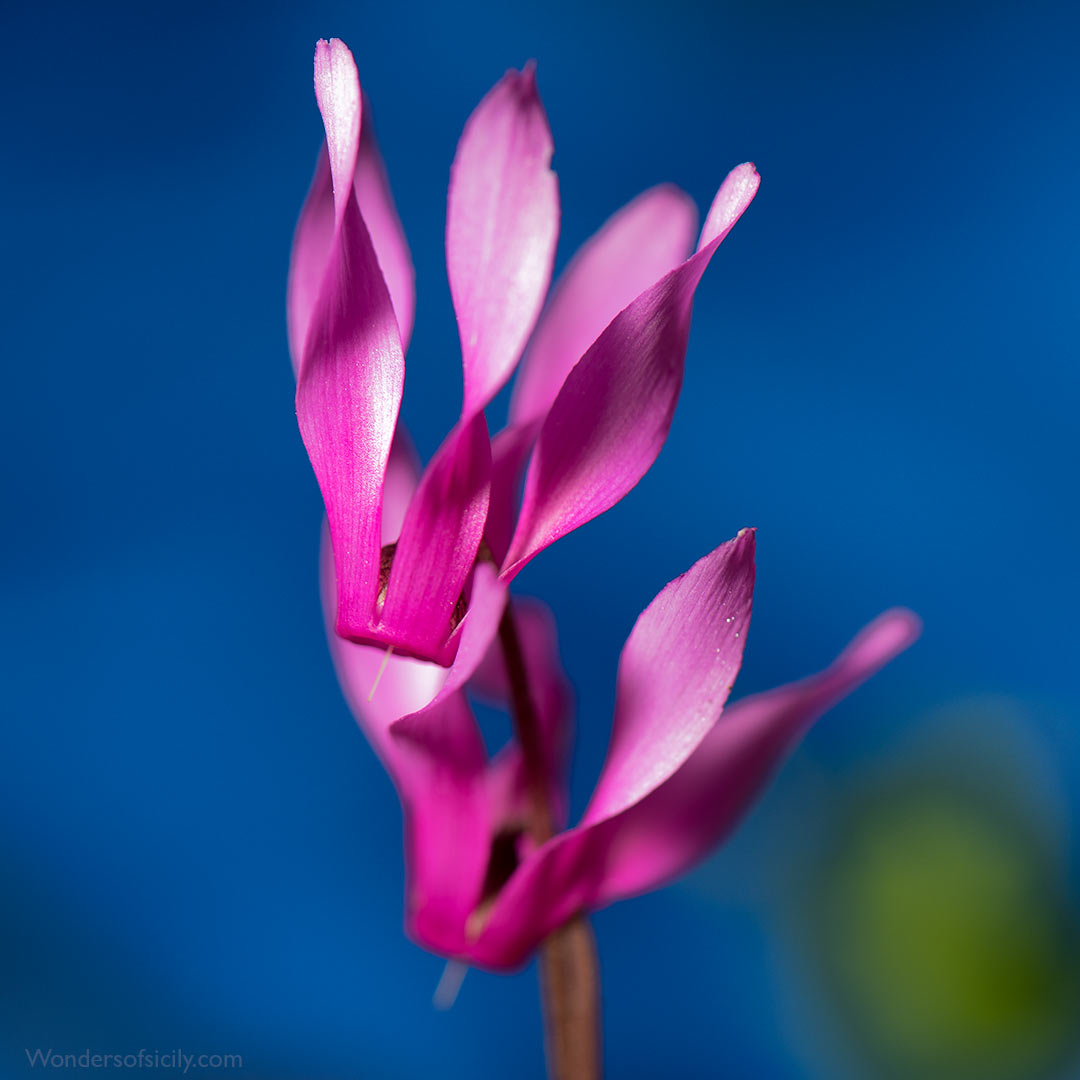
Maybe Cyclamen persicum or Cyclamen hederifolium?
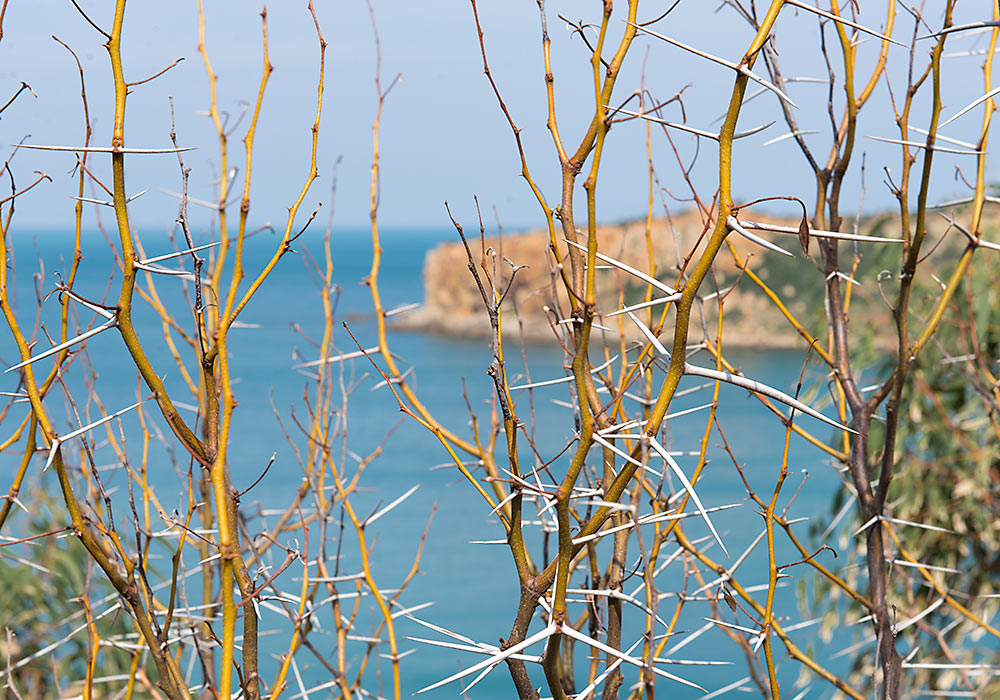
SS113 along the coastline of Northern Sicily. This may be Asparagus horridus.
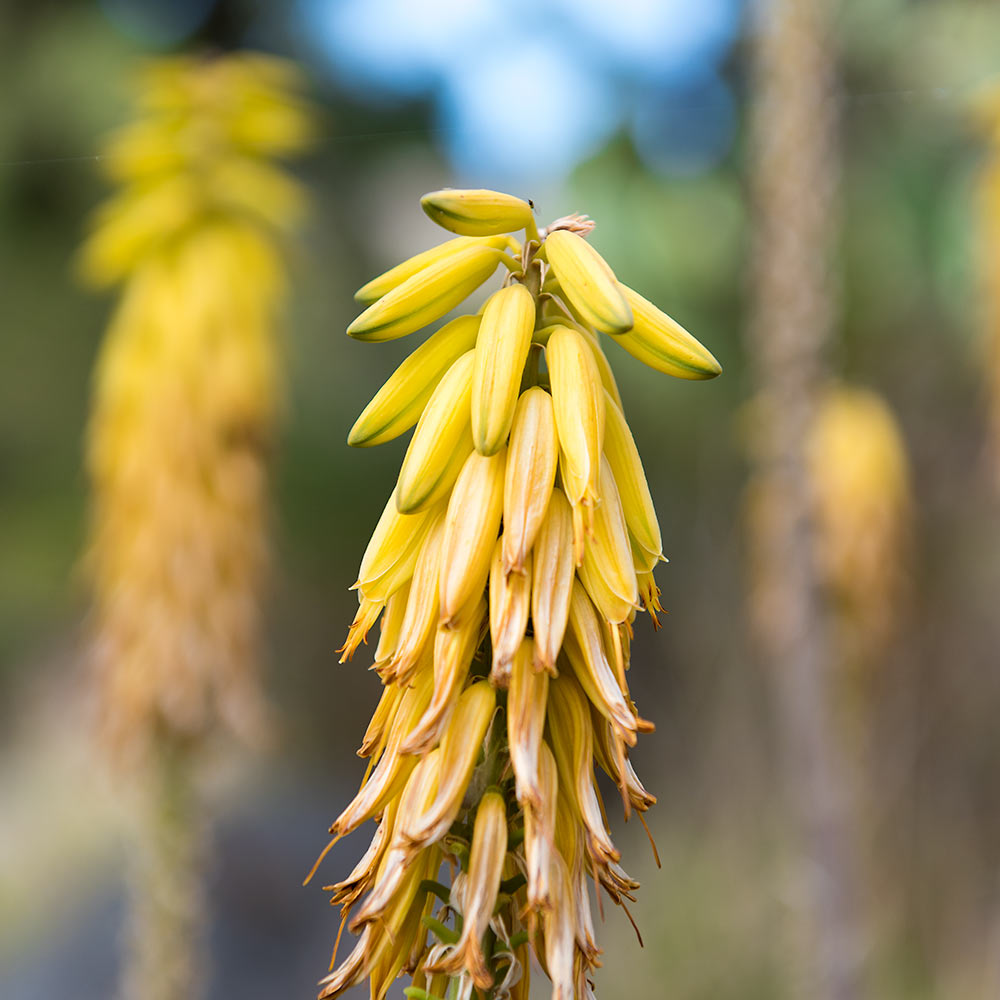
Yellow aloe plant on la rocca di Cefalù.
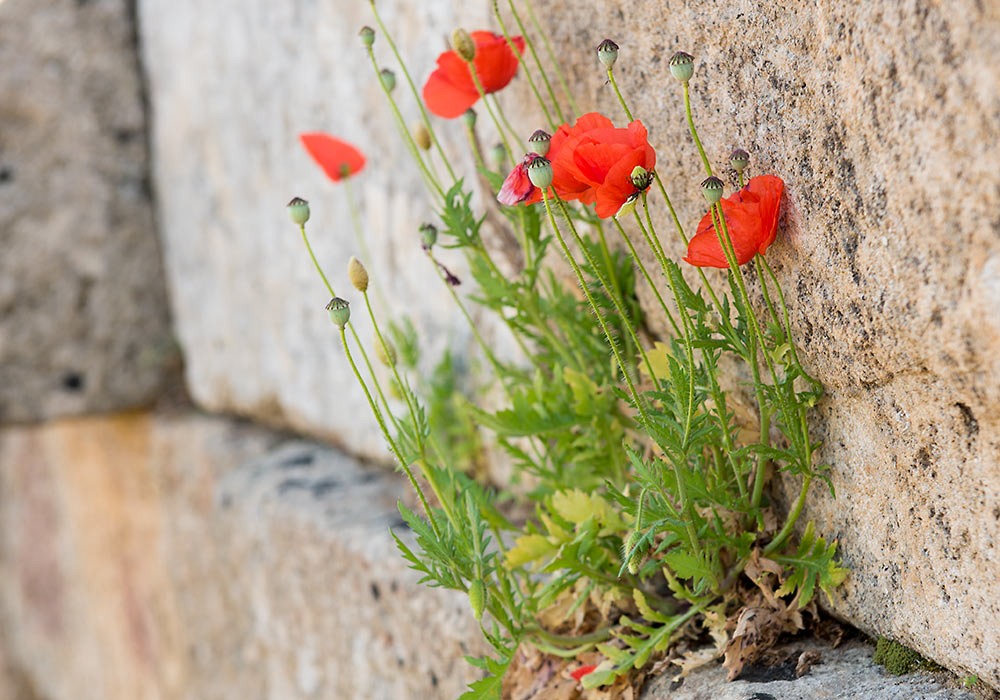
Poppies (Papaver rhoeas?) growing in the cracks of the defensive wall at Selinunte. The flowers couldn't save the ancient city from almost total destruction, though.
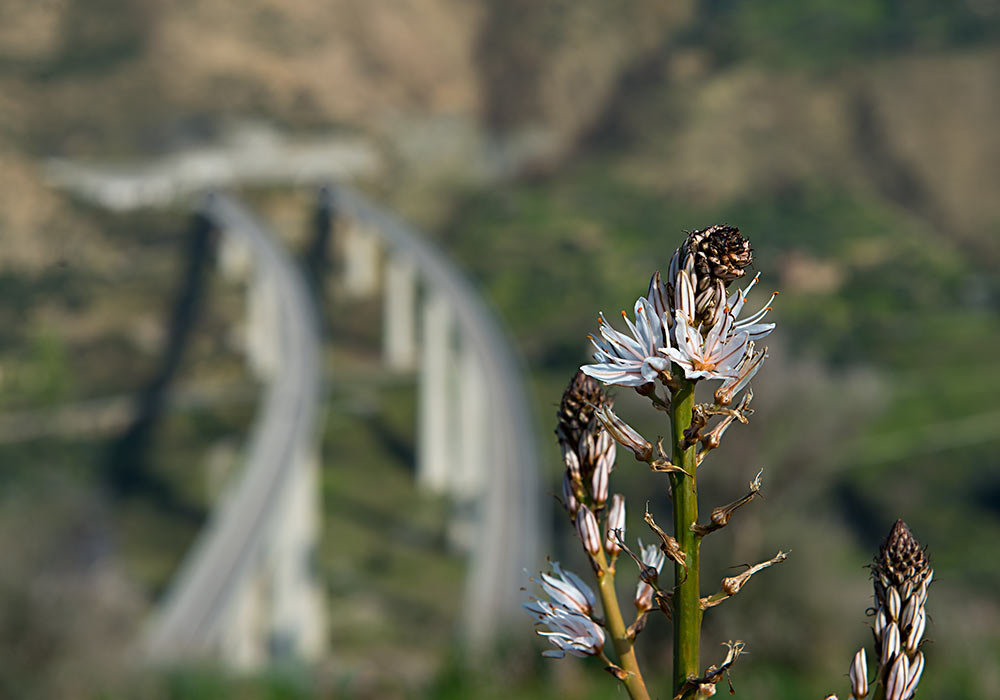
Photo of Asphodelus ramosus (?) taken at Halaesa Archonidea (Italian: Alesa Arconidea).
Read more here: https://en.wikipedia.org/wiki/Halaesa
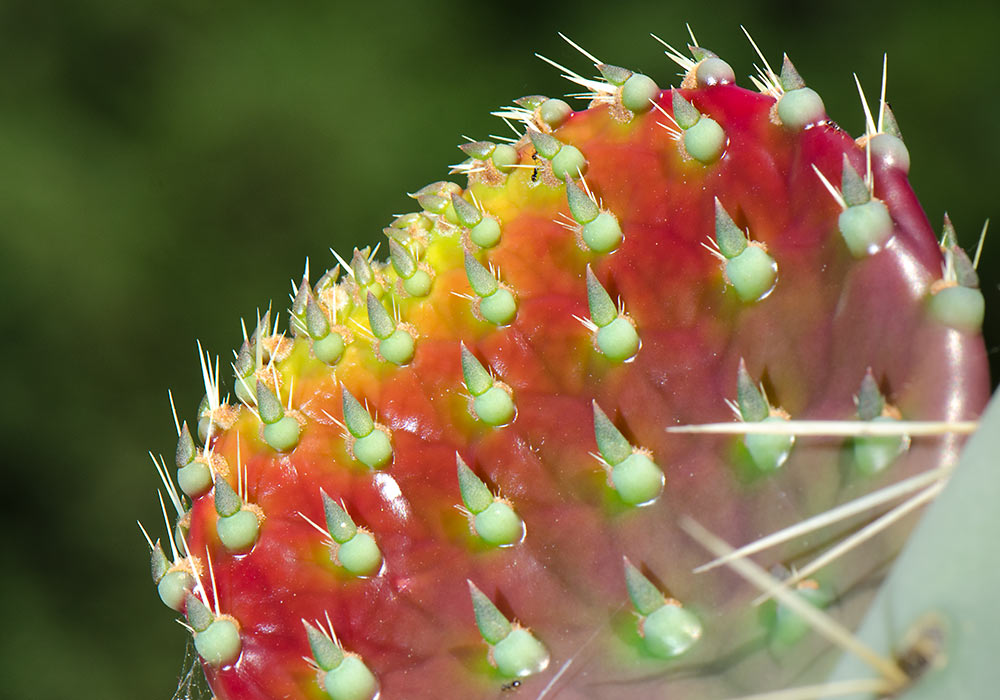
In Sicily this cactus is called "ficu r'igna".
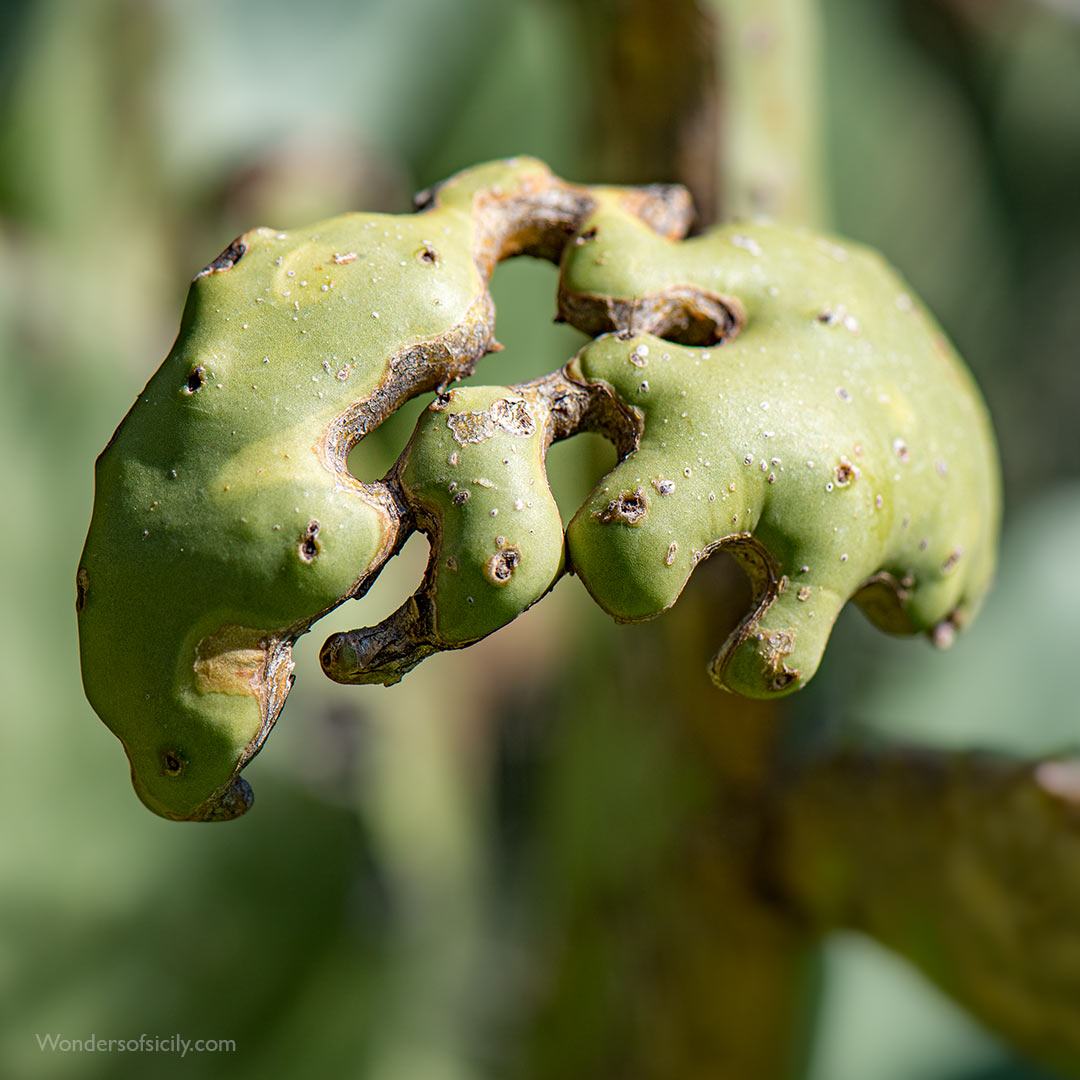
Deformed cactus leaf near the mountain behind Cefalù (la rocca di Cefalù).
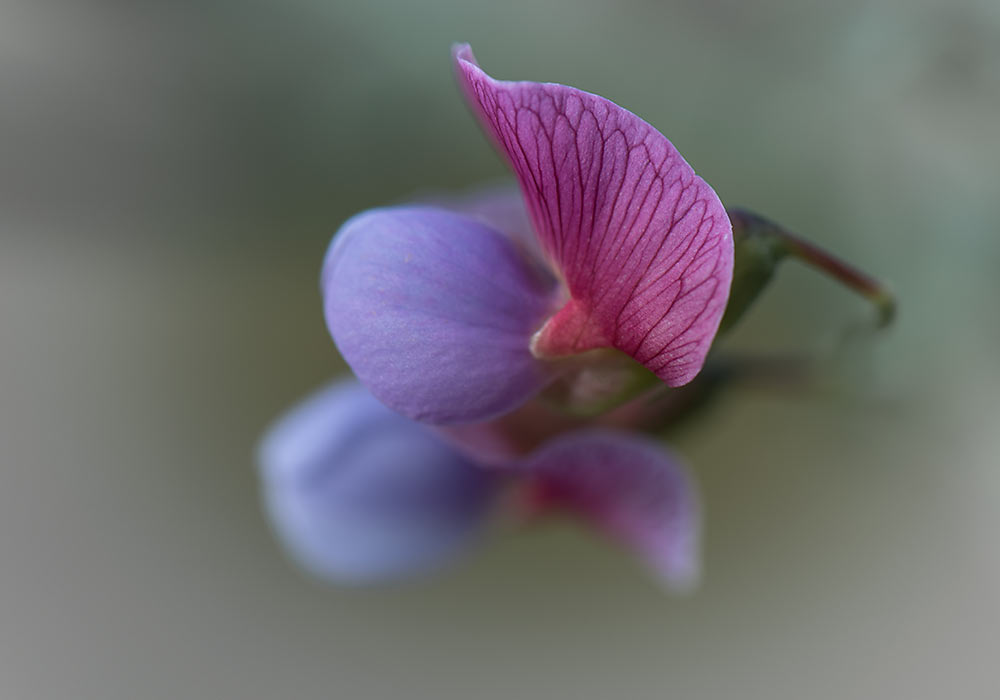
Beautiful flower (Lathyrus clymenum?).
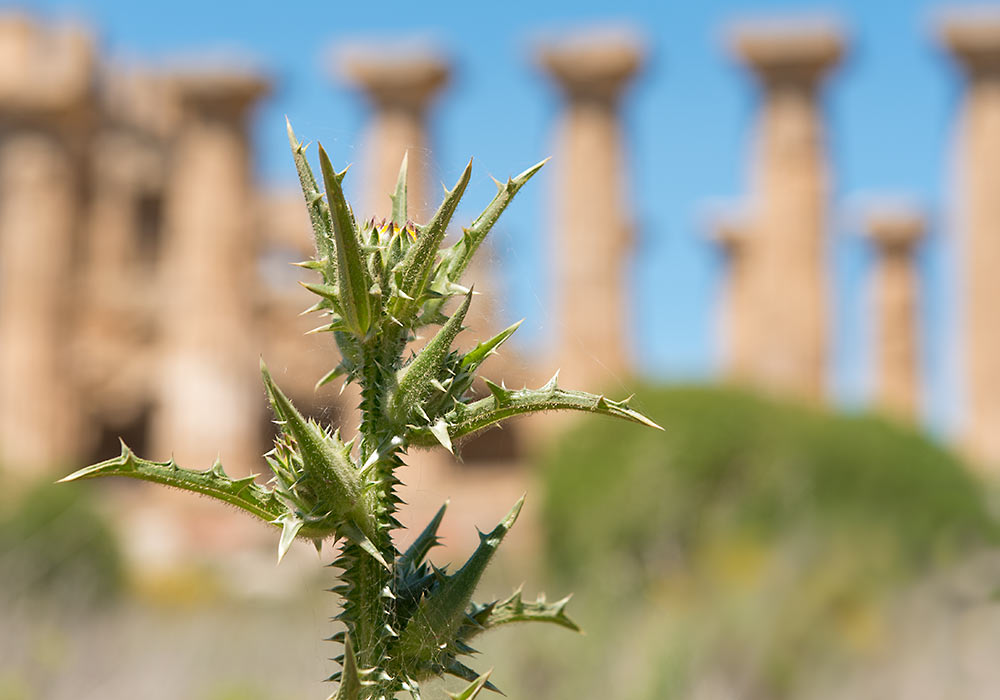
Unfriendly plant near Temple E at Selinunte.
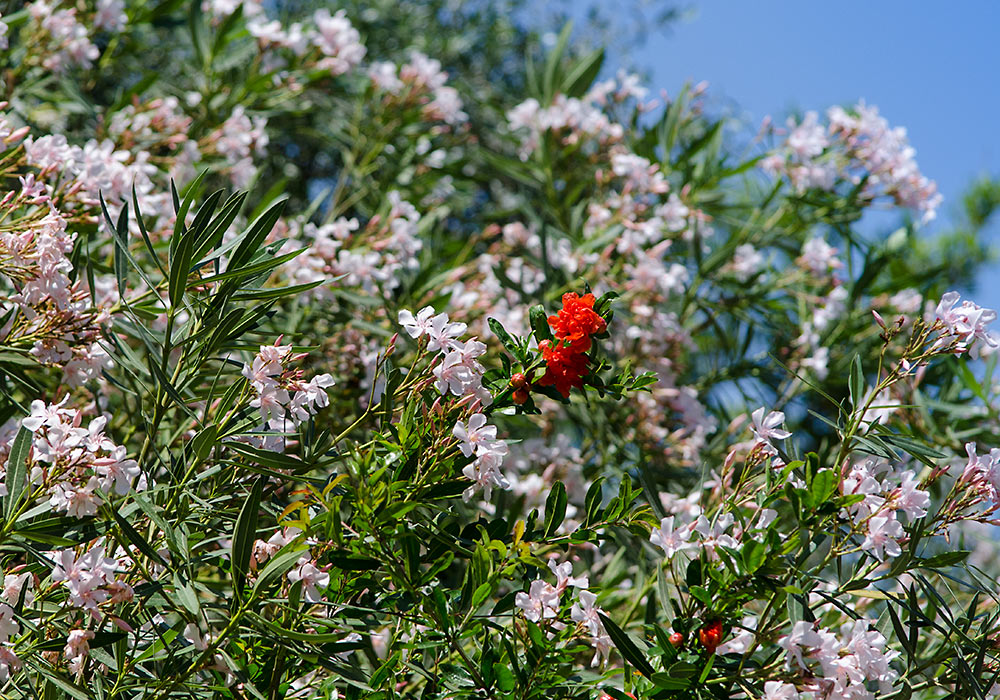
Latomie, Archeological Park, Siracusa.
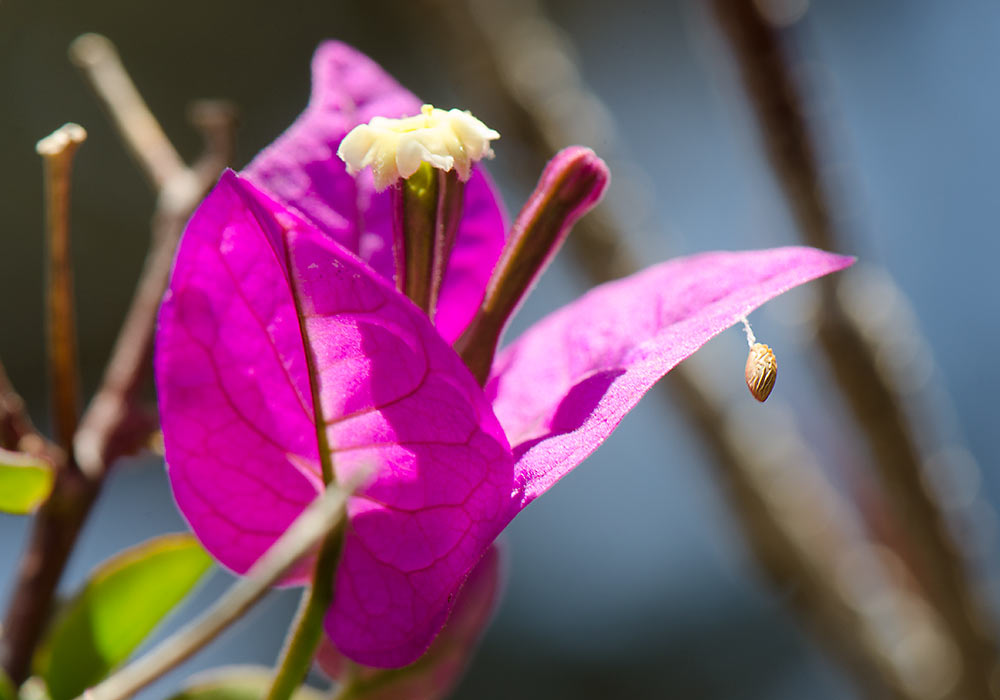
Bougainvillea on Isola Bella. The strange brown "nut" is probably a cocoon of some sort.
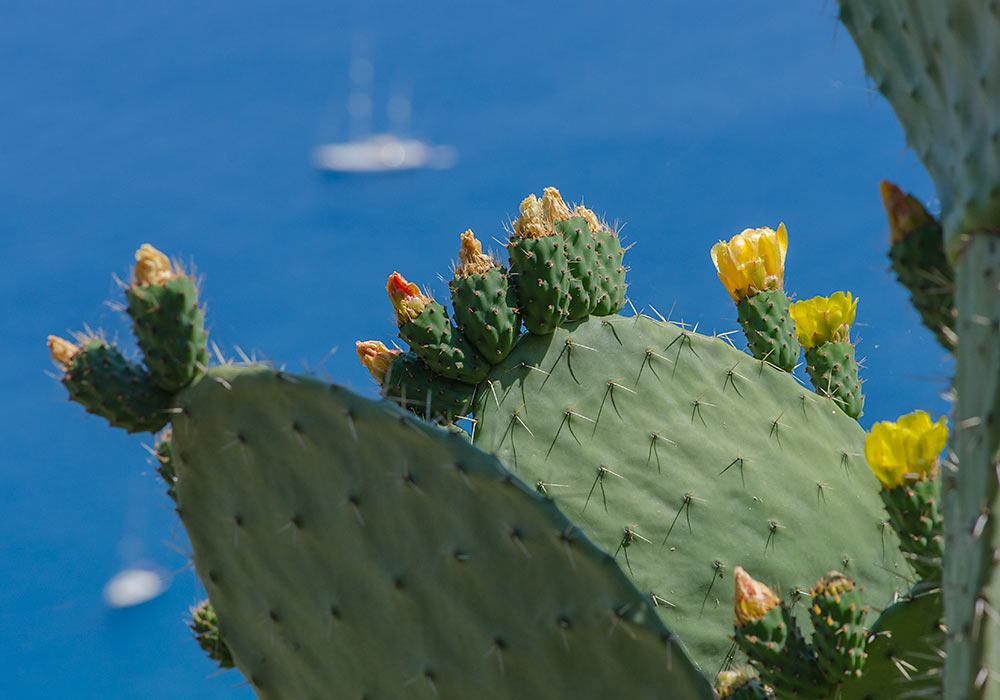
Cactus (Opuntia ficus-indica) near Castelmola.
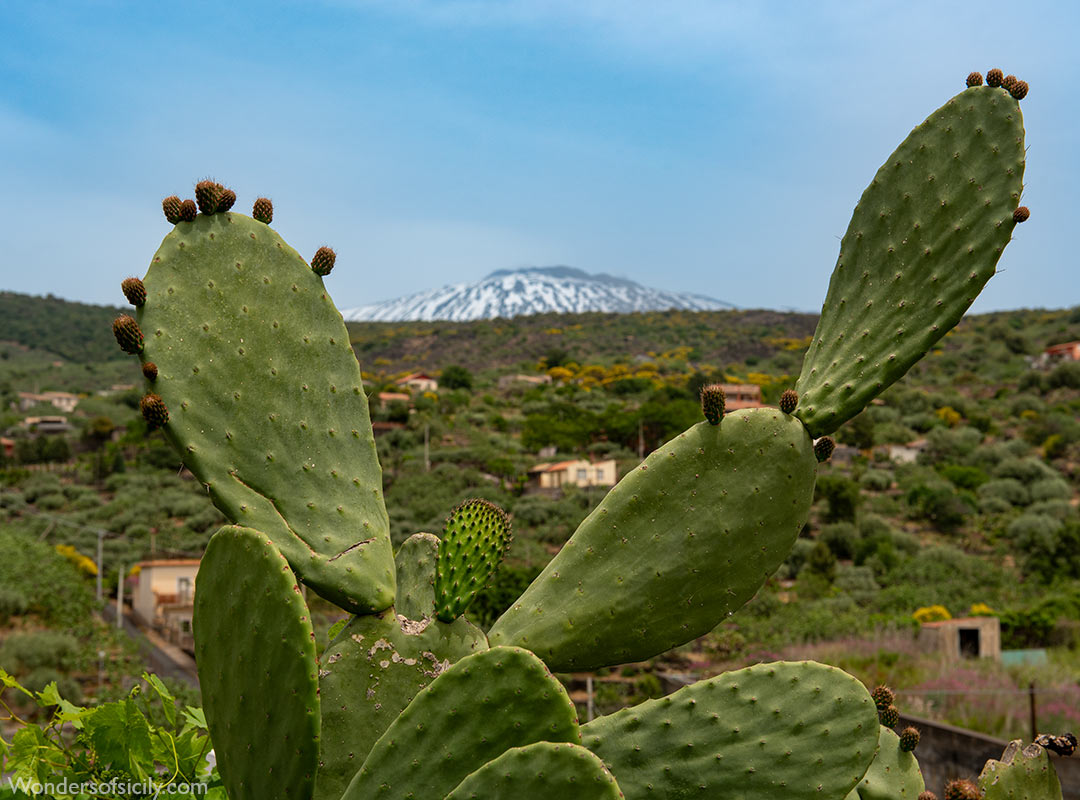
Cactus with Mount Etna in the background.
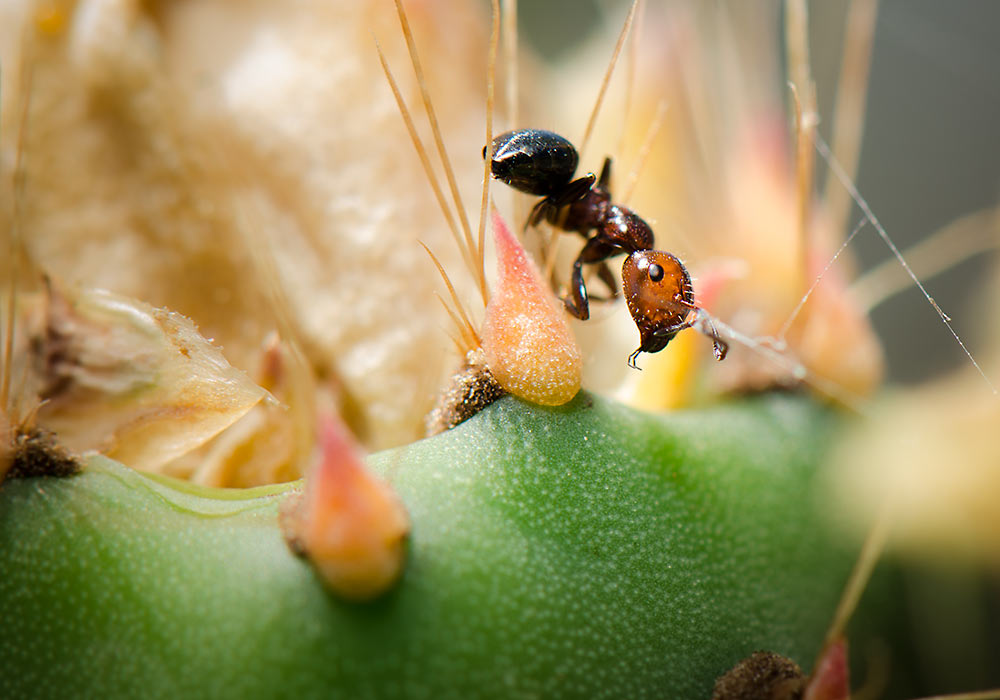
Ant captured and eaten by a spider on a cactus. The photo was taken on the beautiful little island Isola Bella near Taormina.
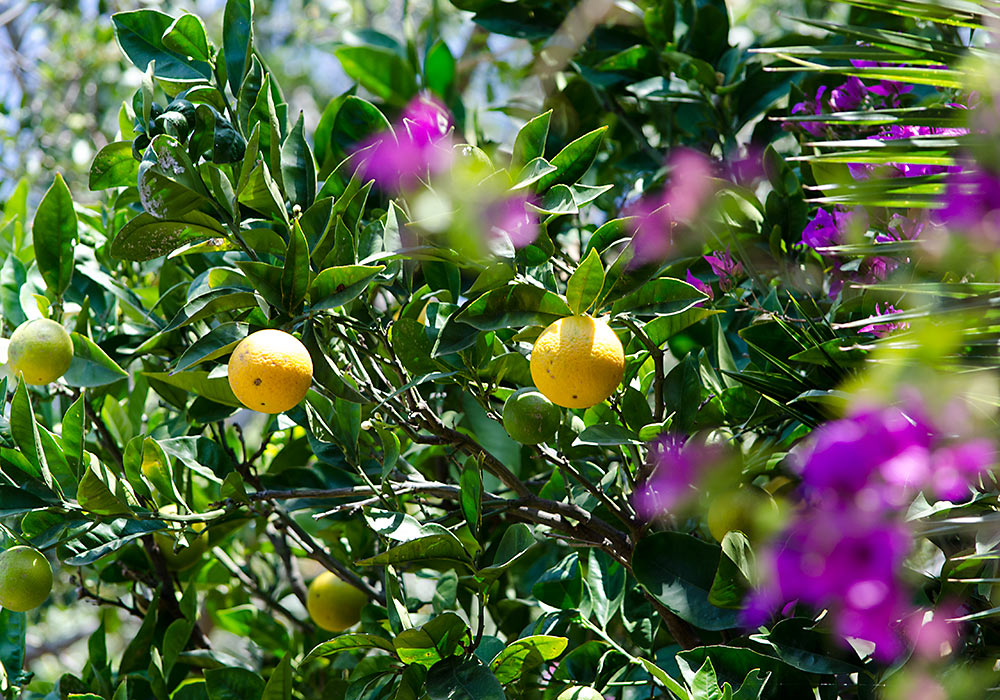
Lemons, oranges, pistachio and sugar cane were brought to Sicily during the Arab rule (827-1091).
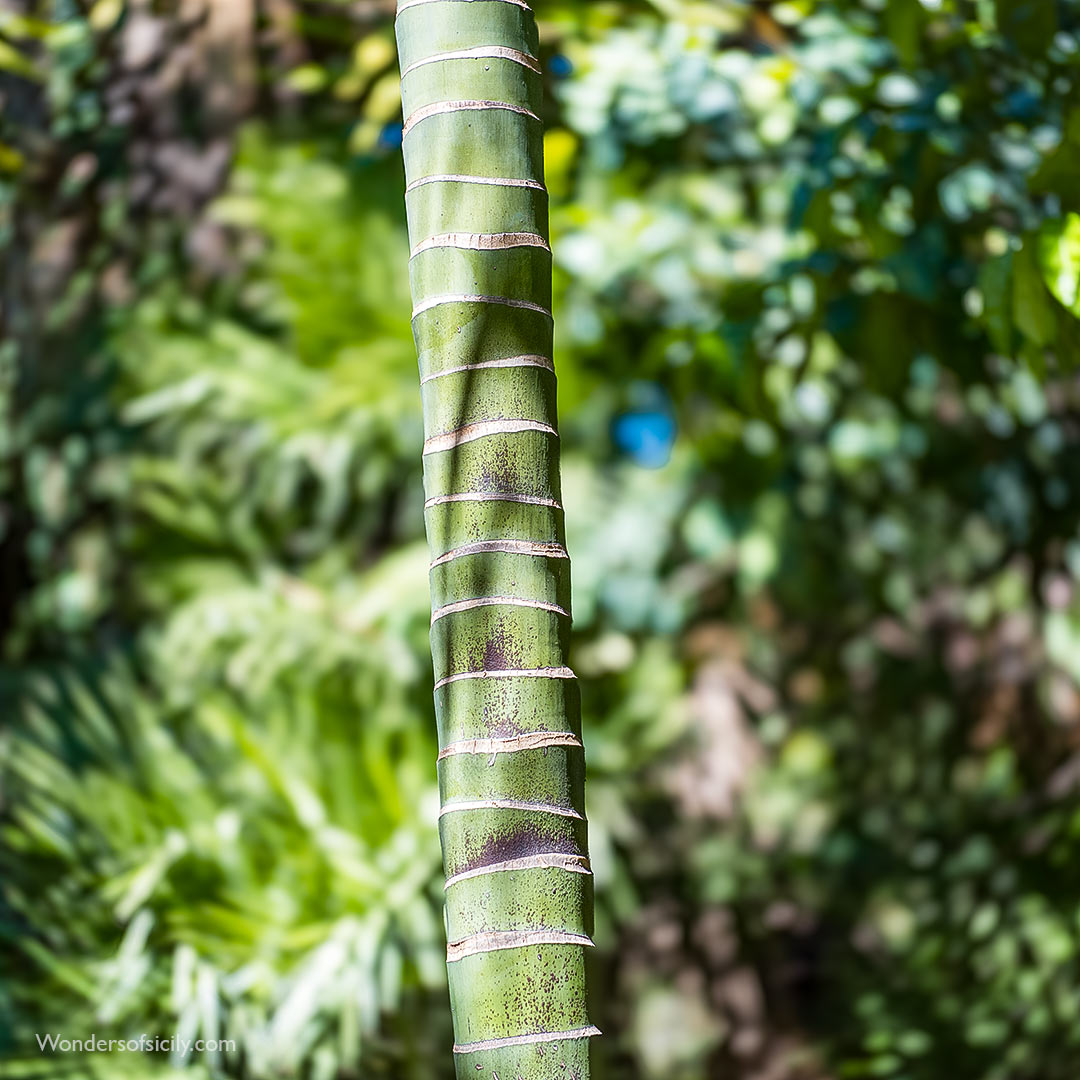
Bamboo cane (if I am not mistaken) in the beautiful cloister garden (13th century) at San Giovanni degli Eremiti.
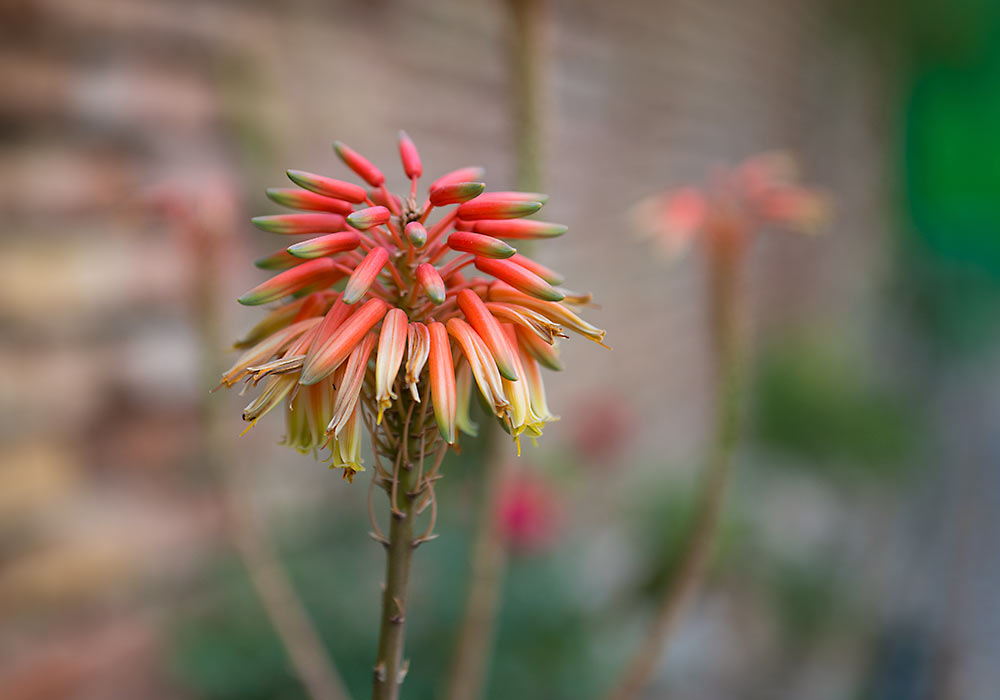
Aloe plant outside the Ancient Greek Theatre in Taormina.
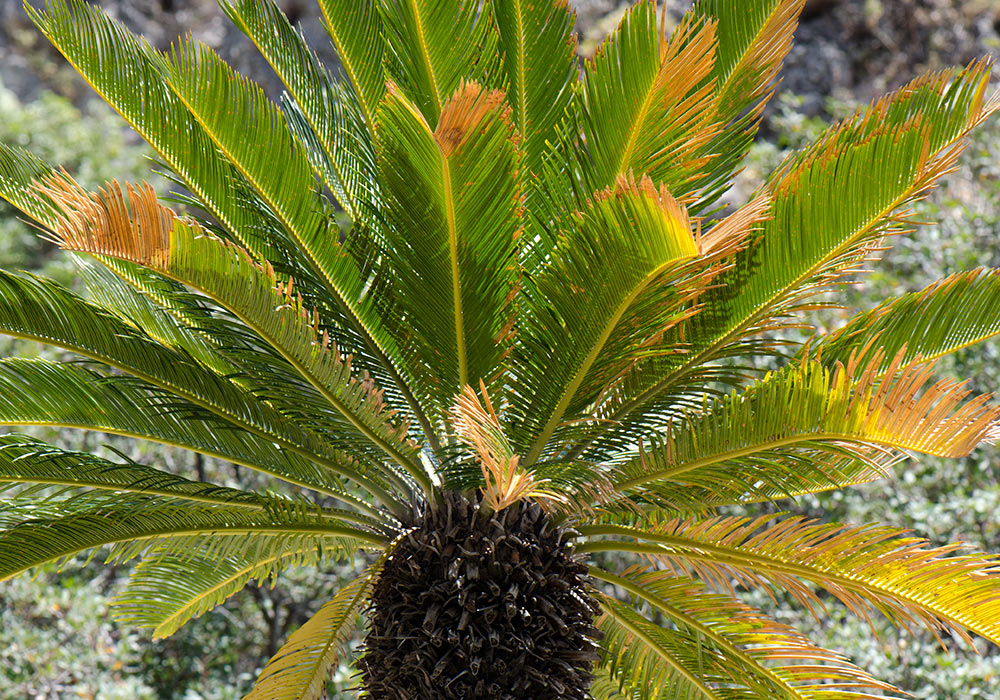
A magnificent Cycas revoluta on Isola Bella, Taormina. The Cycas revoluta (also called Cycad, Japanese Sago Palm, King Sago Palm, Sago Palm ) is more than 200 million years, and is very poisonous. All parts of this plant contain the toxin cycasin, but the seeds have the highest concentration. Ingestion of any part of this plant may cause permanent internal damage or death. Symptoms of poisoning may include vomiting, diarrhea, weakness, seizures, and liver failure. Pets are attracted to this plant. Pet symptoms of poisoning include nosebleeds, bruising, and blood in stools.
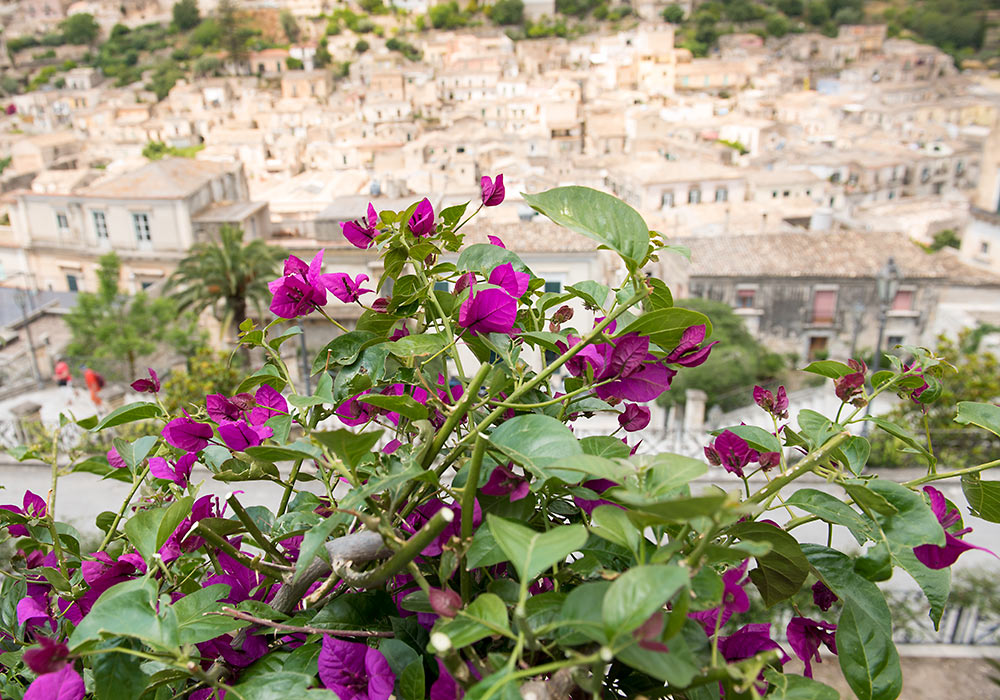
View of the baroque city Modica from the stairs leading up to the cathedral. Bougainvillea.
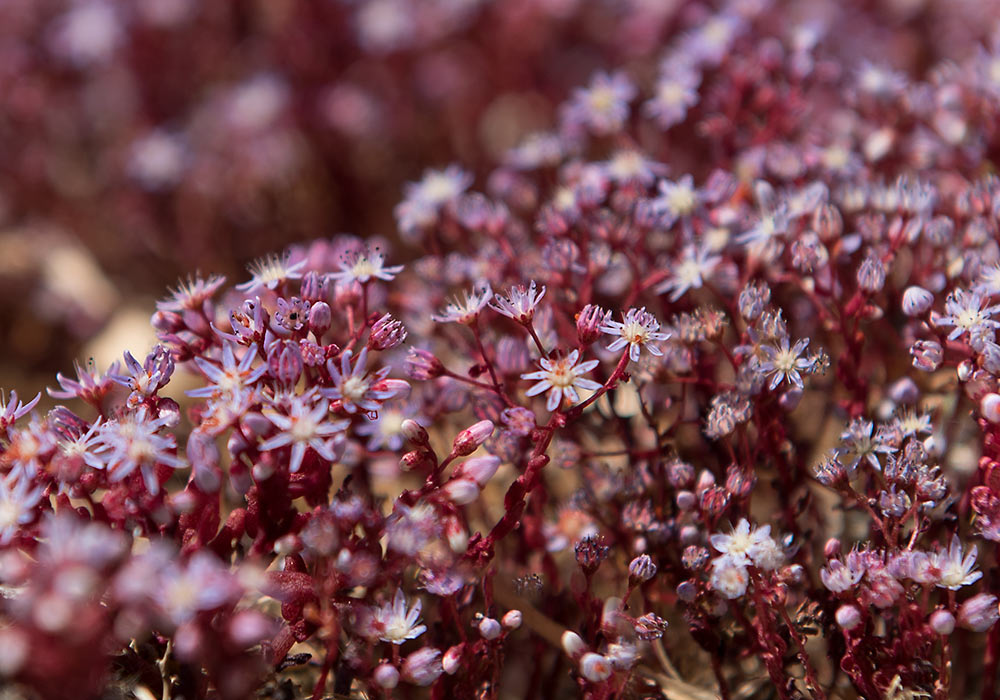
Beautiful, but tiny flowers at Castello di Venere, Erice.
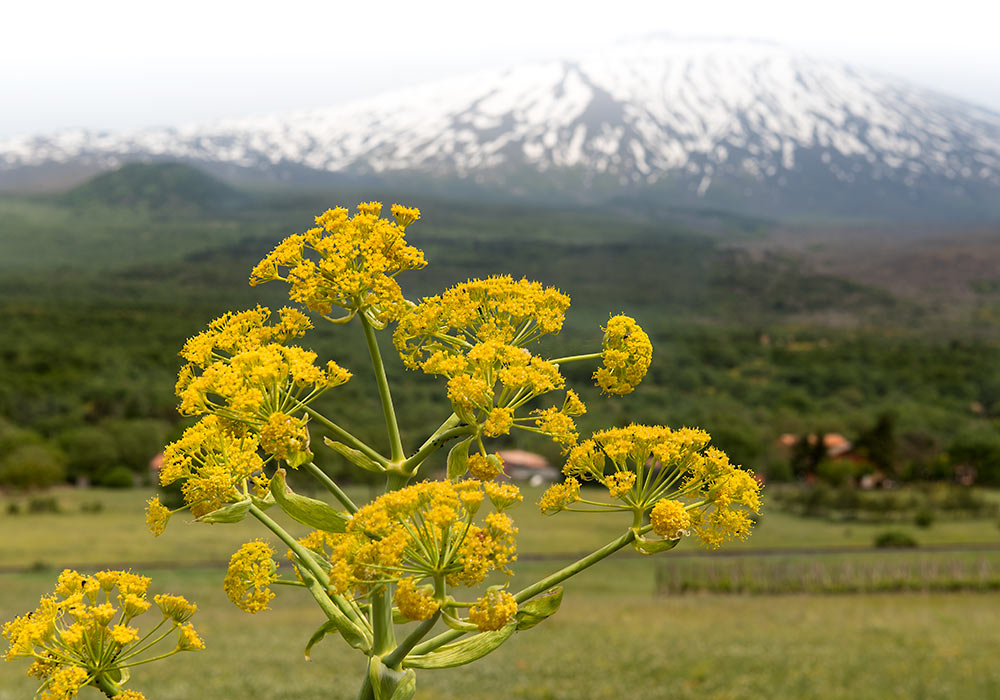
Driving around Mount Etna.
Orto botanico, Palermo
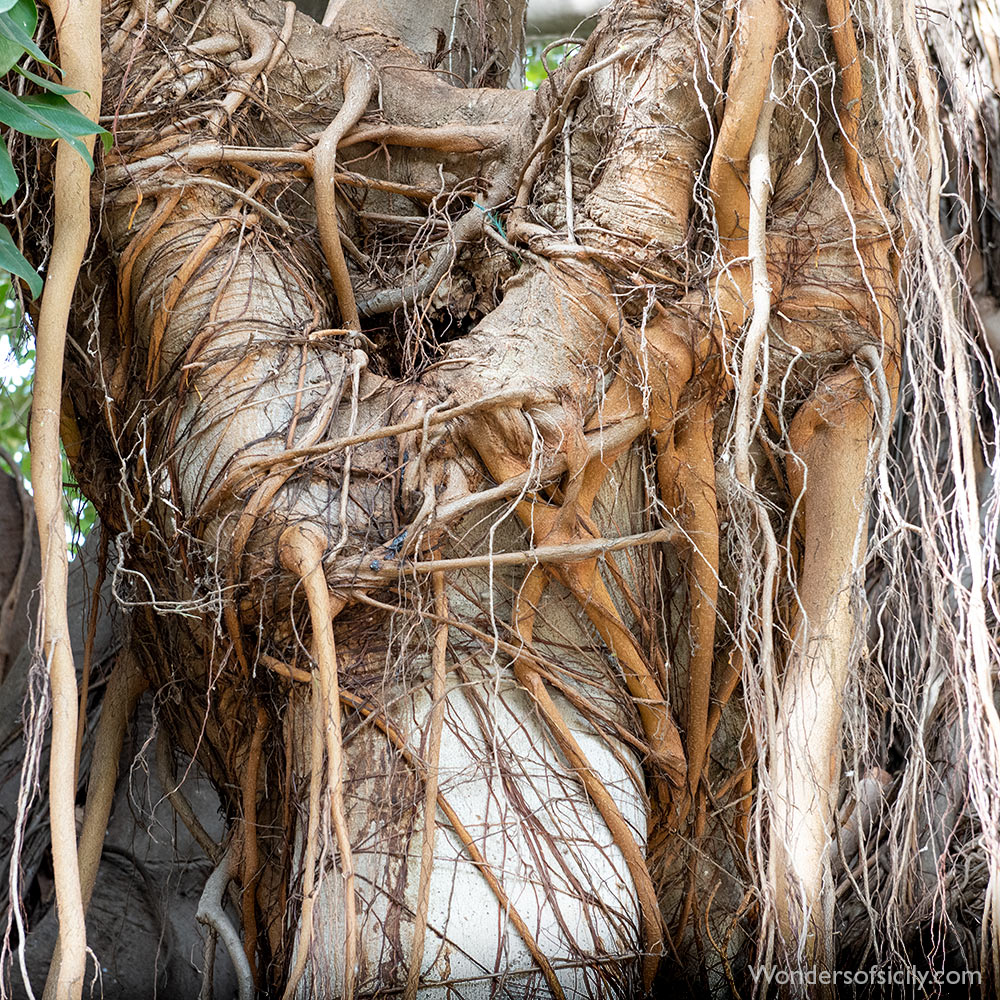
A spectacular tree in Orto botanico, Palermo.
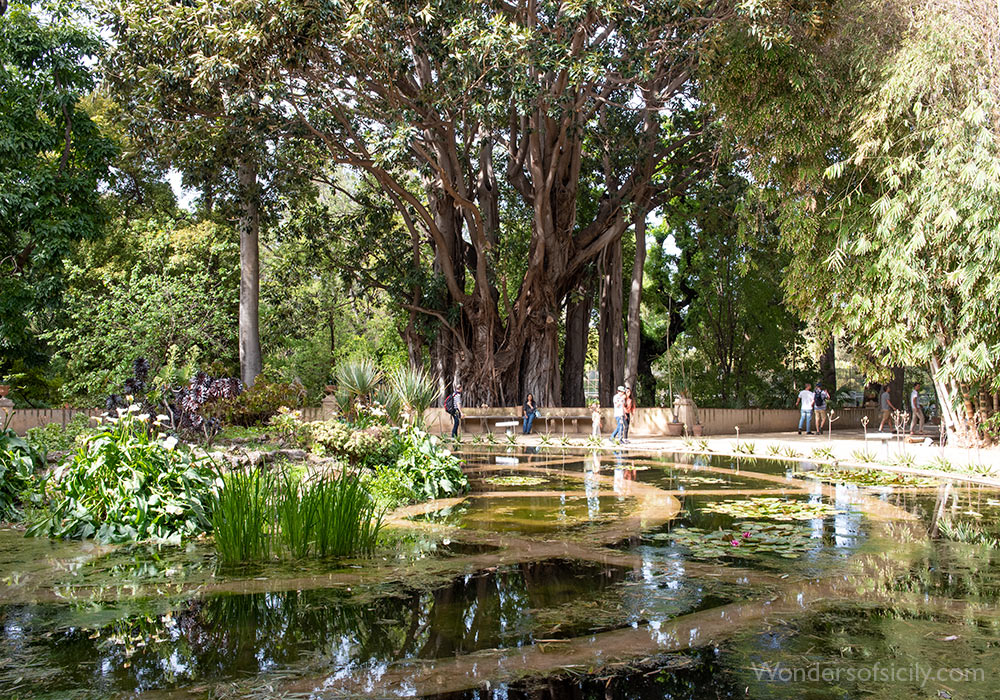
Many turtles live in the pond at Orto botanico, Palermo.
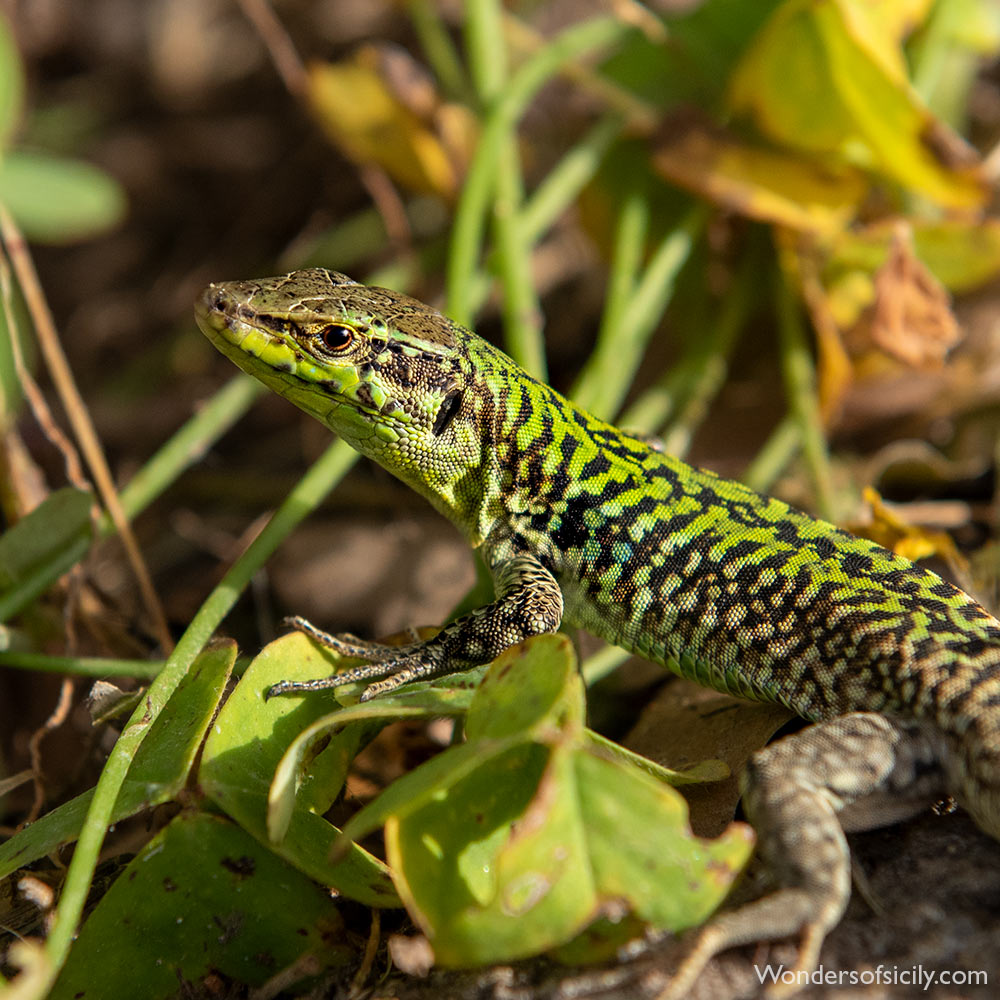
A lizard in the Botanical Garden, Palermo.
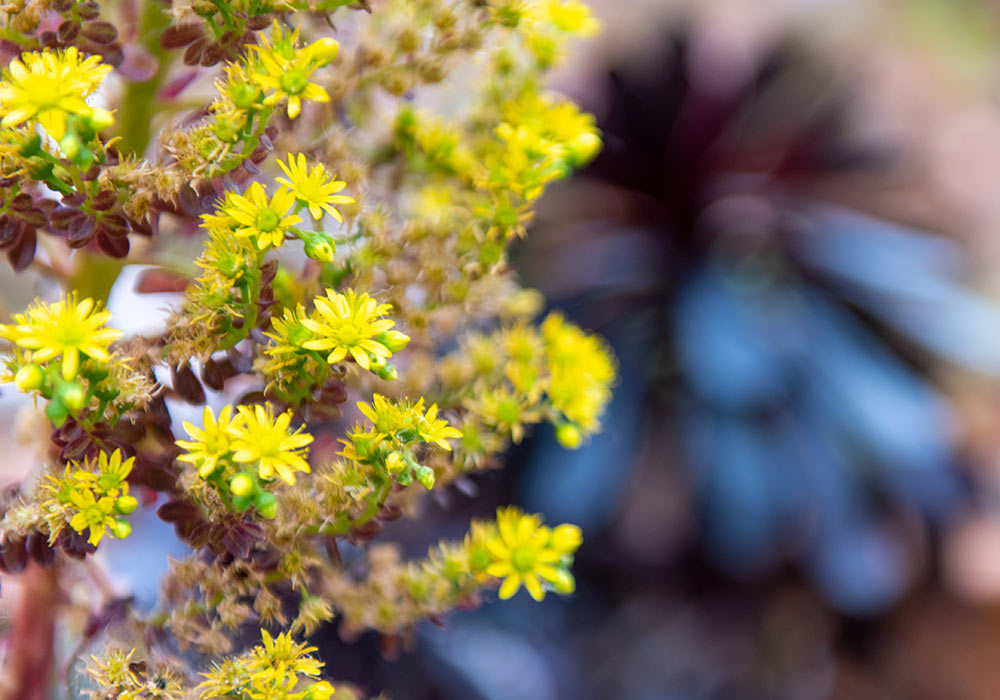
Orto botanico, Palermo
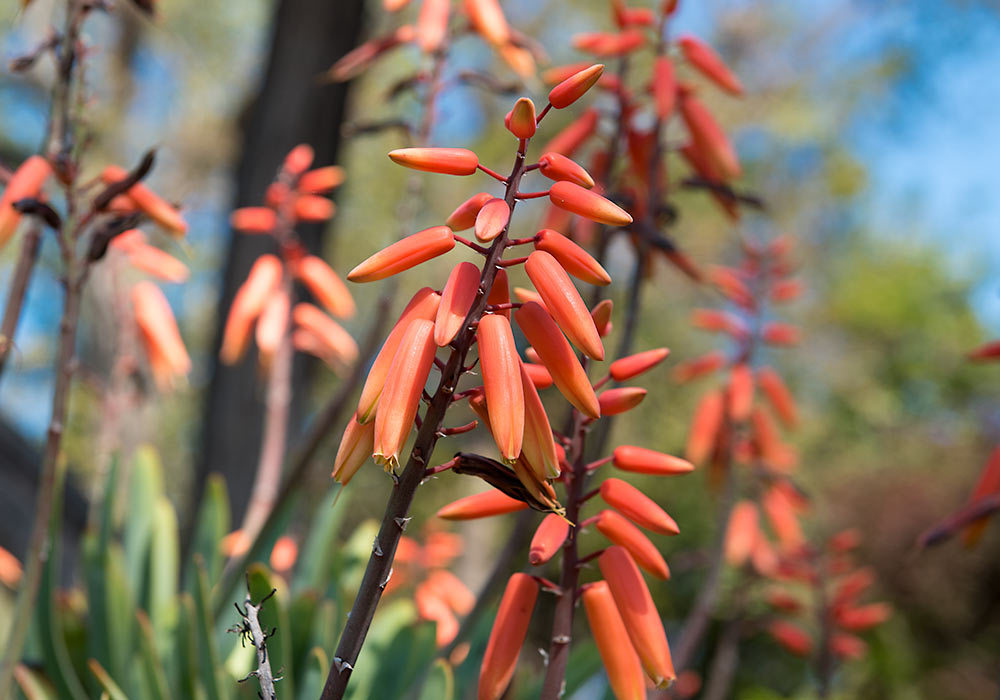
Aloe plicatilis in the Botanical Garden (Orto botanico) in Palermo, a nice place to relax between visiting churches and museums in Palermo. The garden opened to the public in 1795. It has a lot of plants and trees from all over the world. In the lovely lily pond, there are lots of cute turtles.
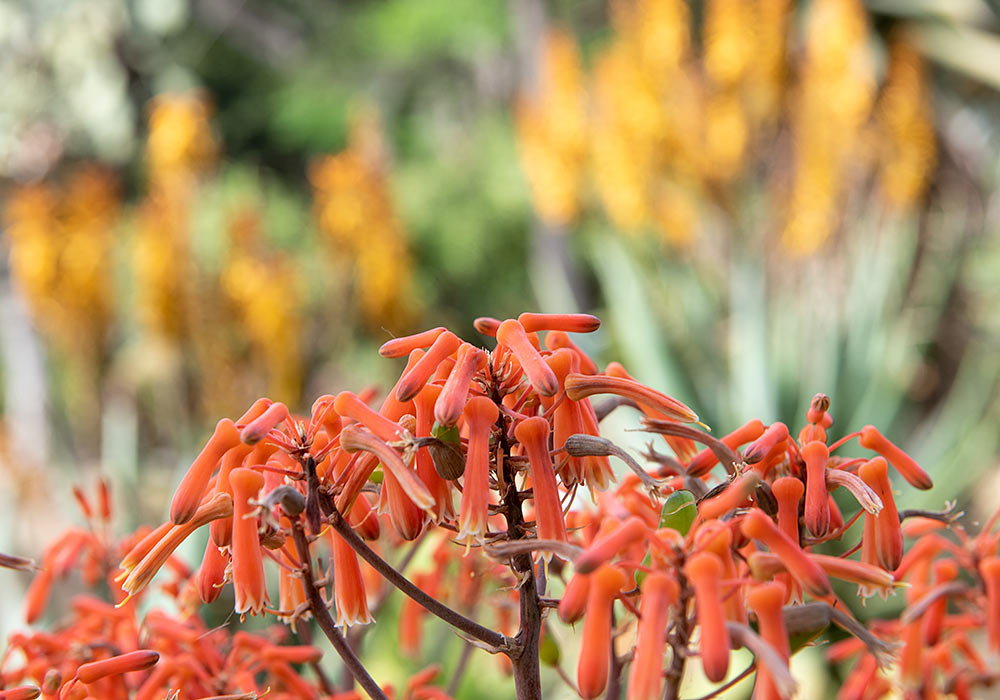
Aloe plant. Orto botanico, Palermo.
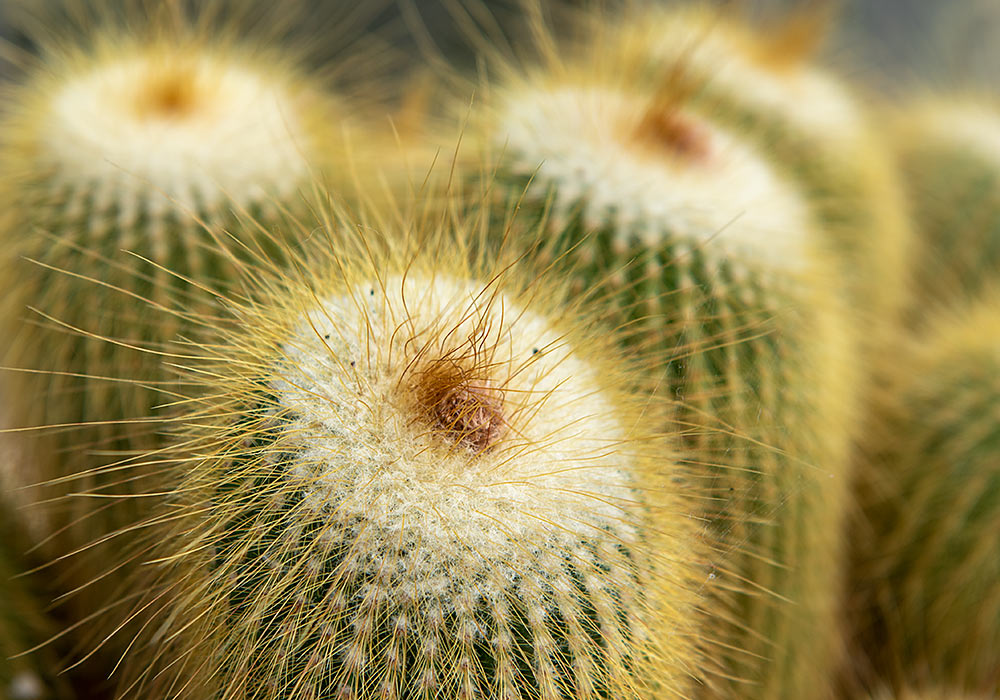
Cactus. Orto botanico, Palermo.
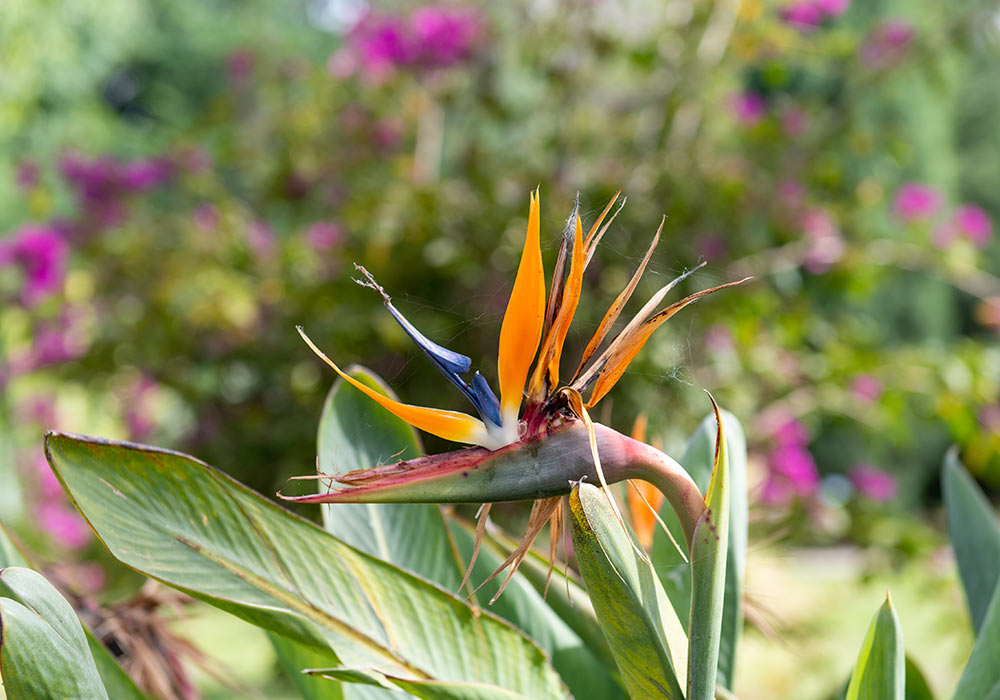
Bird of paradise, also called crane flower (Strelitzia reginae). Botanical Gardens, Palermo.
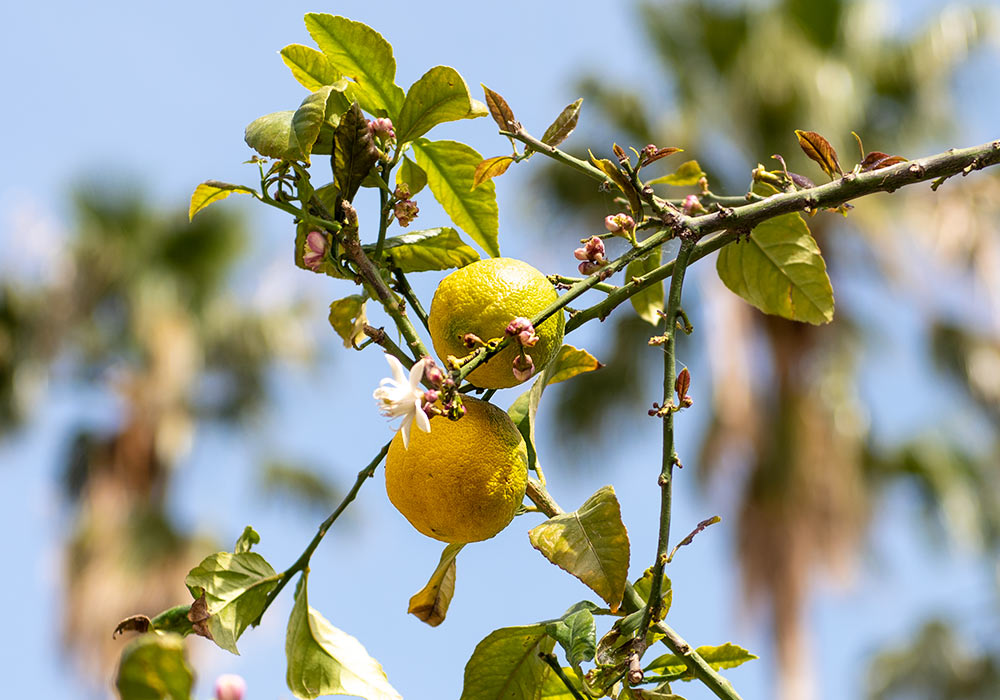
Lemons. Orto botanico, Palermo.
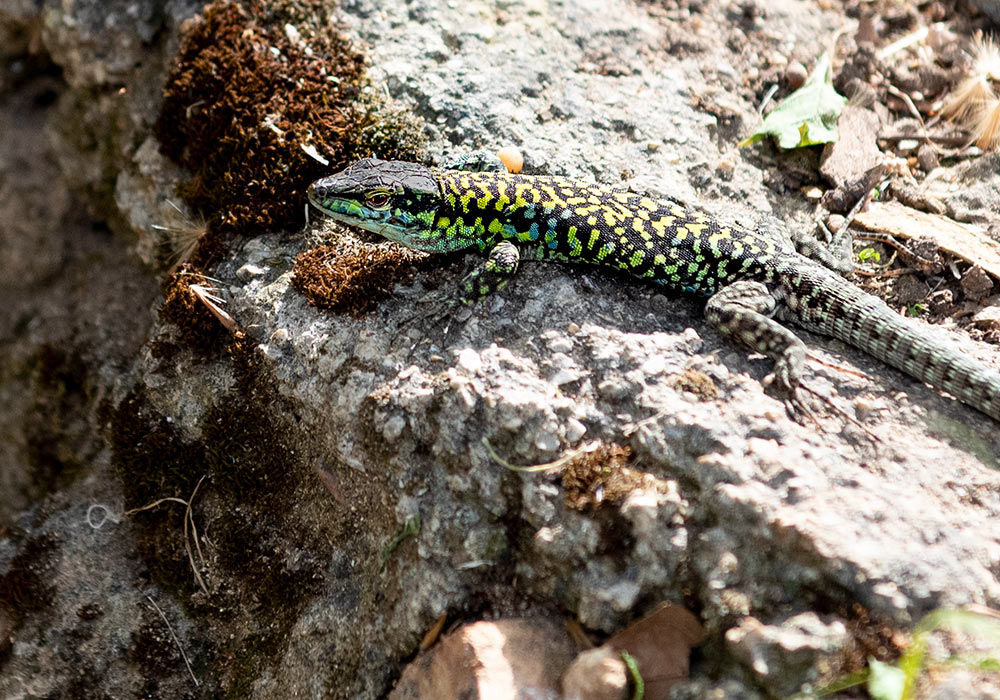
Lizard living in Palermo Botanical Garden.
See photos of Sicilian lizards here …
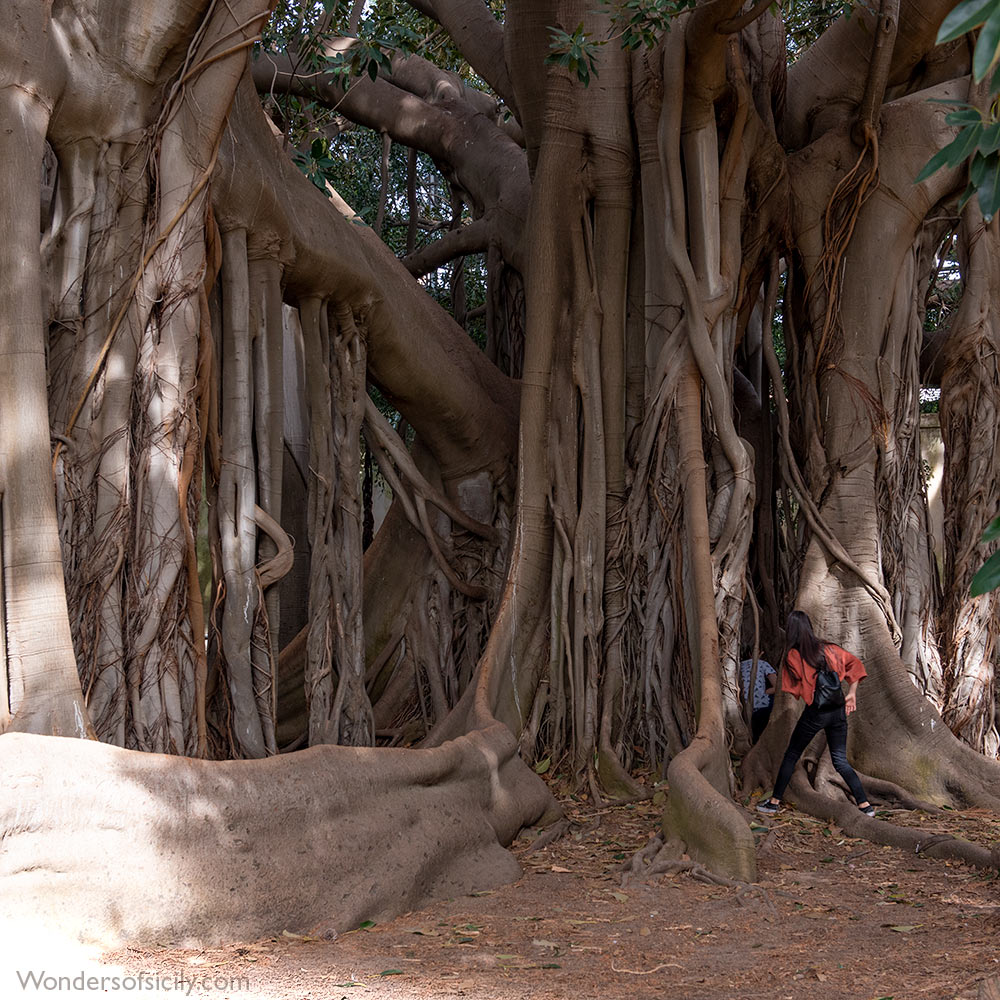
Children playing inside a tree at Palermo Botanical Garden.
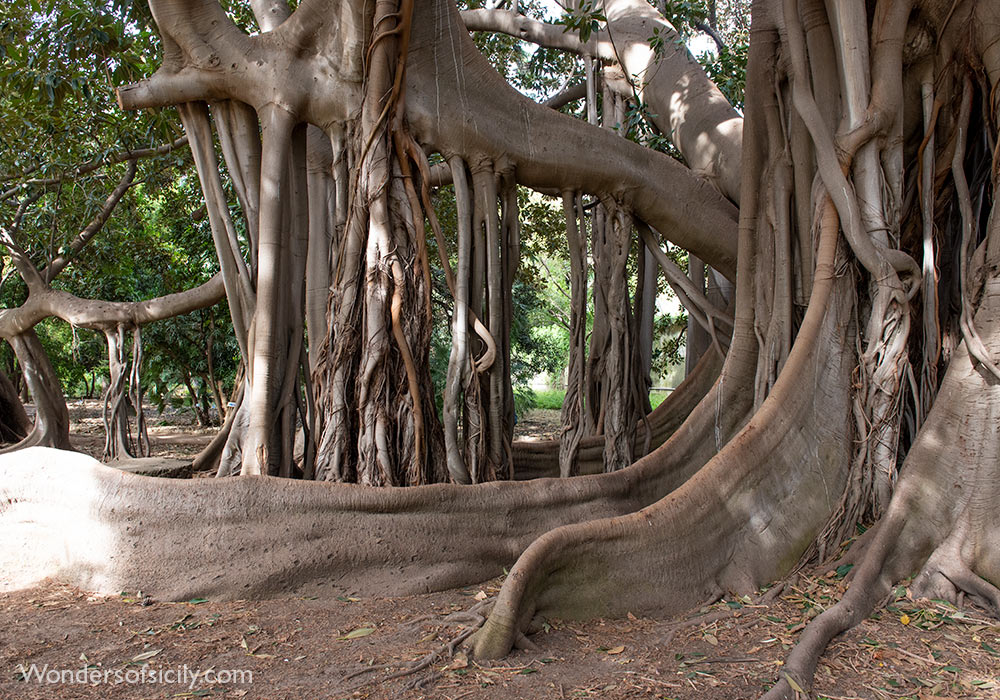
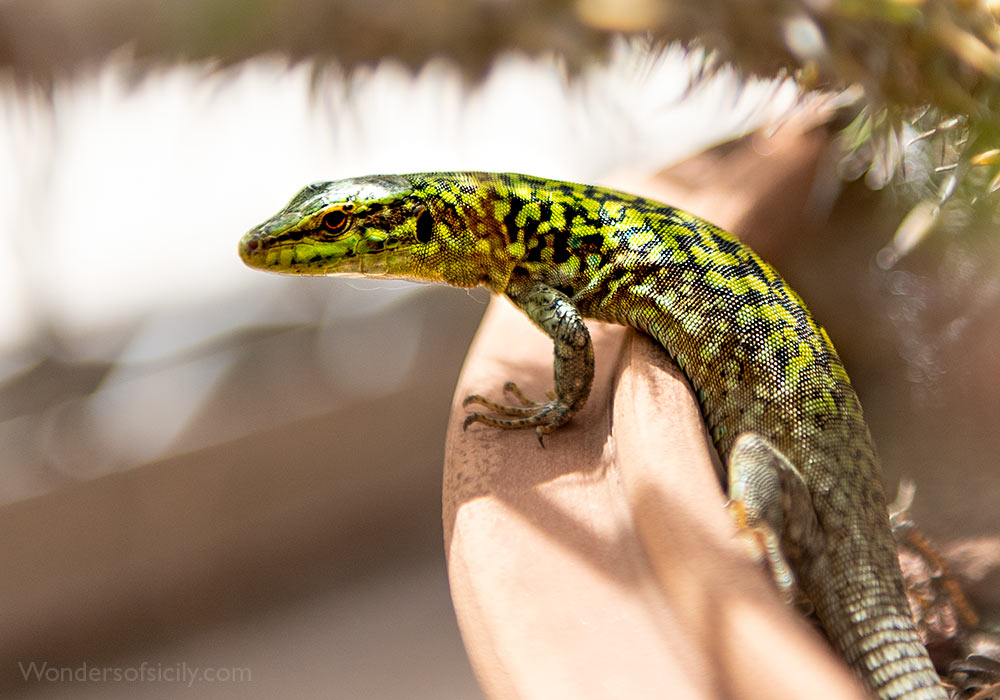
A lizard investigating plants the cactus section.
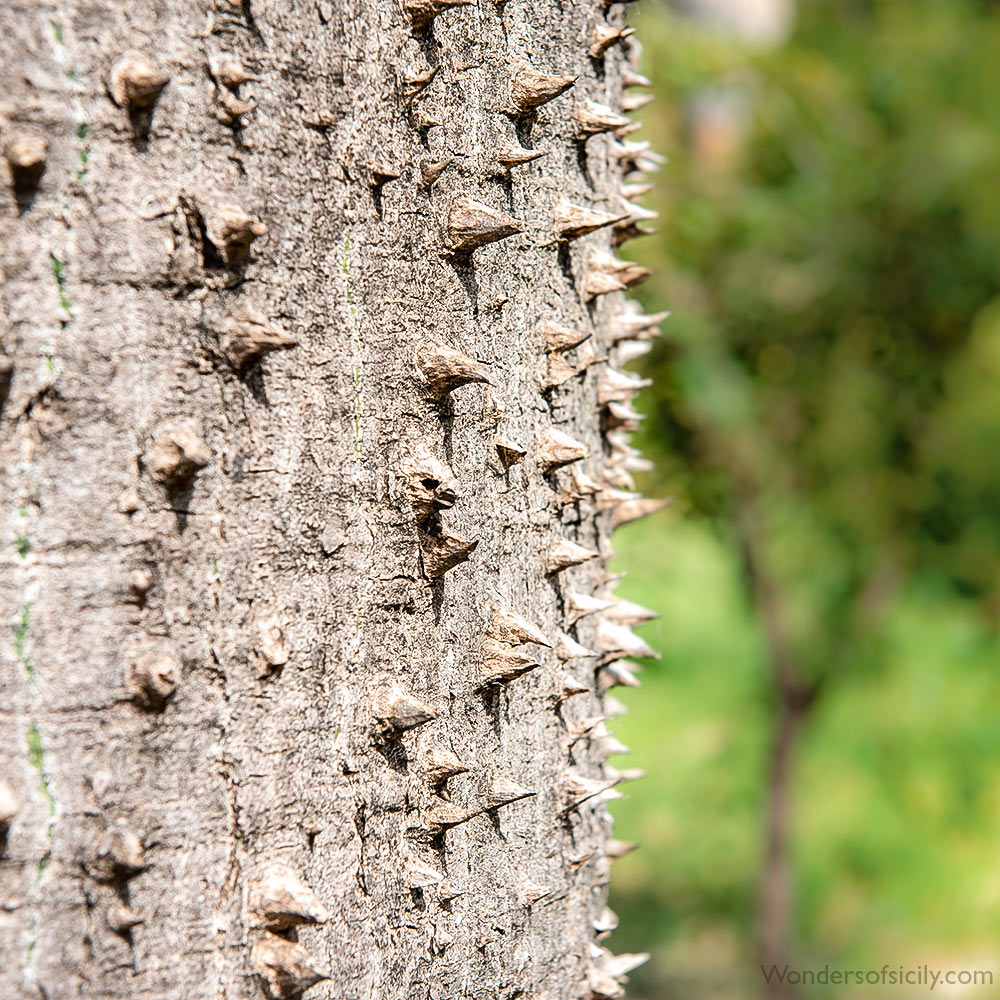
A tree with nasty spikes. Orto botanico, Palermo
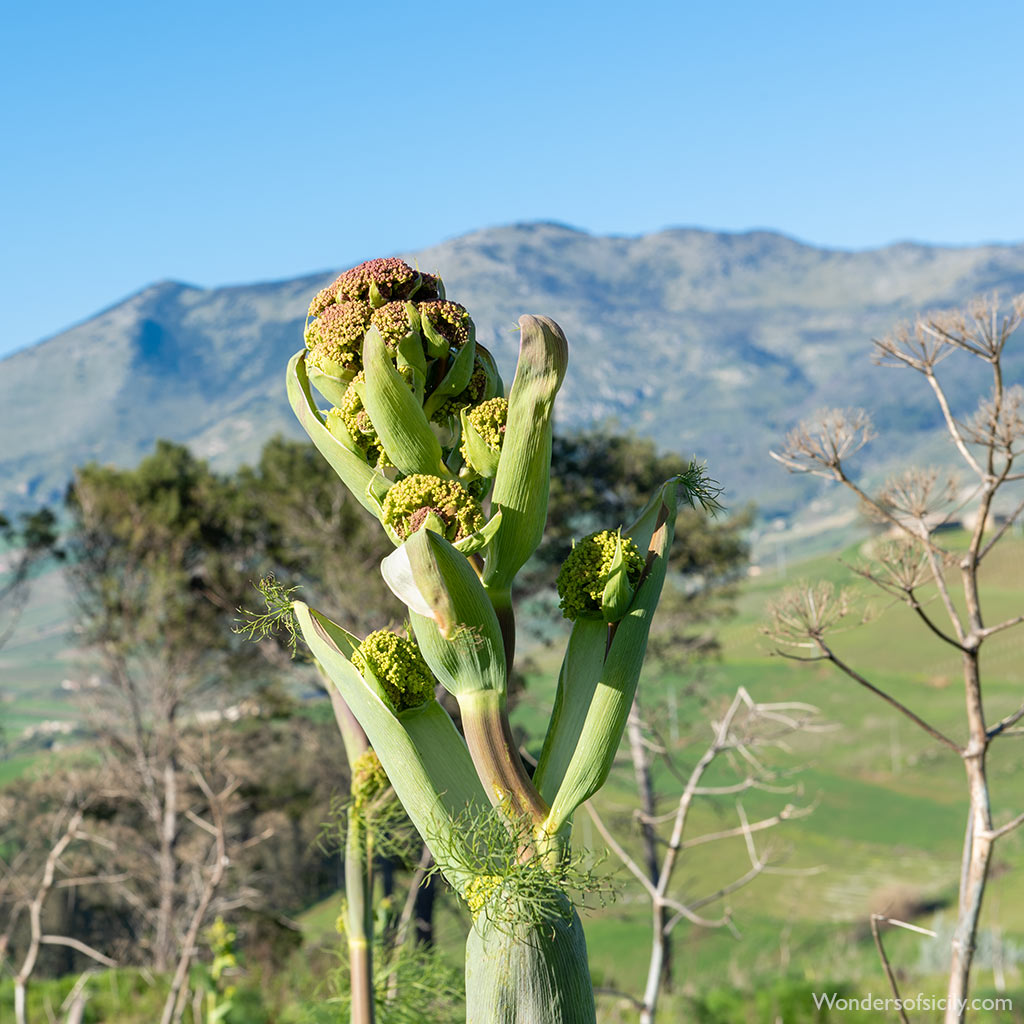
Giant fennel (Ferula communis), I think.
All photos © Per-Erik Skramstad. No photos may be reproduced in whole or in part in any manner without the permission of the copyright owner.
Most of the photos on this page were taken with a Nikon D750 and a Nikon Nikkor AF-S VR Micro 105mm f/2.8 or 24-70mm f/2.8.

